Dhofar, a name that whispers of ancient frankincense trails and mythical kingdoms, beckons with a unique charm unlike any other region in Oman. Nestled in the southern embrace of the Sultanate, Dhofar defies the stereotypical image of the Arabian Peninsula. Here, amidst the rugged Mountains, lies a land where emerald valleys unfurl, waterfalls cascade down rocky slopes, and tropical polycultures of banana, coconut and papaya bloom.
In this post, I'll be exploring Salalah, where I based myself for the trip, the lush green oasis of Wadi Darbat, some of the amazing plants and polycultures that grow in the area, and a look at a few of the many pristine beaches of the region.
Dhofar is located in southern Oman and is the largest governorate in the country bordering both Yemen and Saudi Arabia.
What makes the region of Dhofar so unique both in terms of ecology and general culture (the former undoubtedly influences the later) is the annual period of rainfall the area receives during the high summer months, known locally as the Khareef .
The Khareef
The Khareef transforms the stark beauty of the Dhofar desert into a verdant paradise with the region experiencing a magical transformation unlike anywhere else in the Middle East. It typically occurs between late June and early September.
The Khareef is caused by the prevailing winds in the region shifting from northeasterly to southwesterly. These winds sweep across the warm Indian Ocean, picking up moisture through evaporation. As these moisture-laden winds approach the Dhofar Mountains, they are forced upwards. This process, called orographic lifting, cools the air, causing condensation and forming clouds that fall on the windward side of the mountain.
As a side note, these shifting winds have played a profound historic role, creating a favorable pattern for trade between South Asia, Arabia, and East Africa for many millennia. Dhows, traditional wind-powered boats, that Oman specialized in building, carried people and goods back and forth on these relatively safe and sure passages for thousands of years. As you travel within these areas today the influence of this trade route, in terms of religion, language, food, culture and customs, is still very much evident.
The Dhofar region also experiences a convergence zone during the Khareef season. This is where warm, moist air masses from different directions converge, further aiding in the formation of clouds and precipitation. Although I’ve not visited the region during the Khareef, even during the dry season there is evidently a lot more vegetation in this part of Oman and in the far south-west of the region you can find vast mountainous non- coniferous evergreen forests.
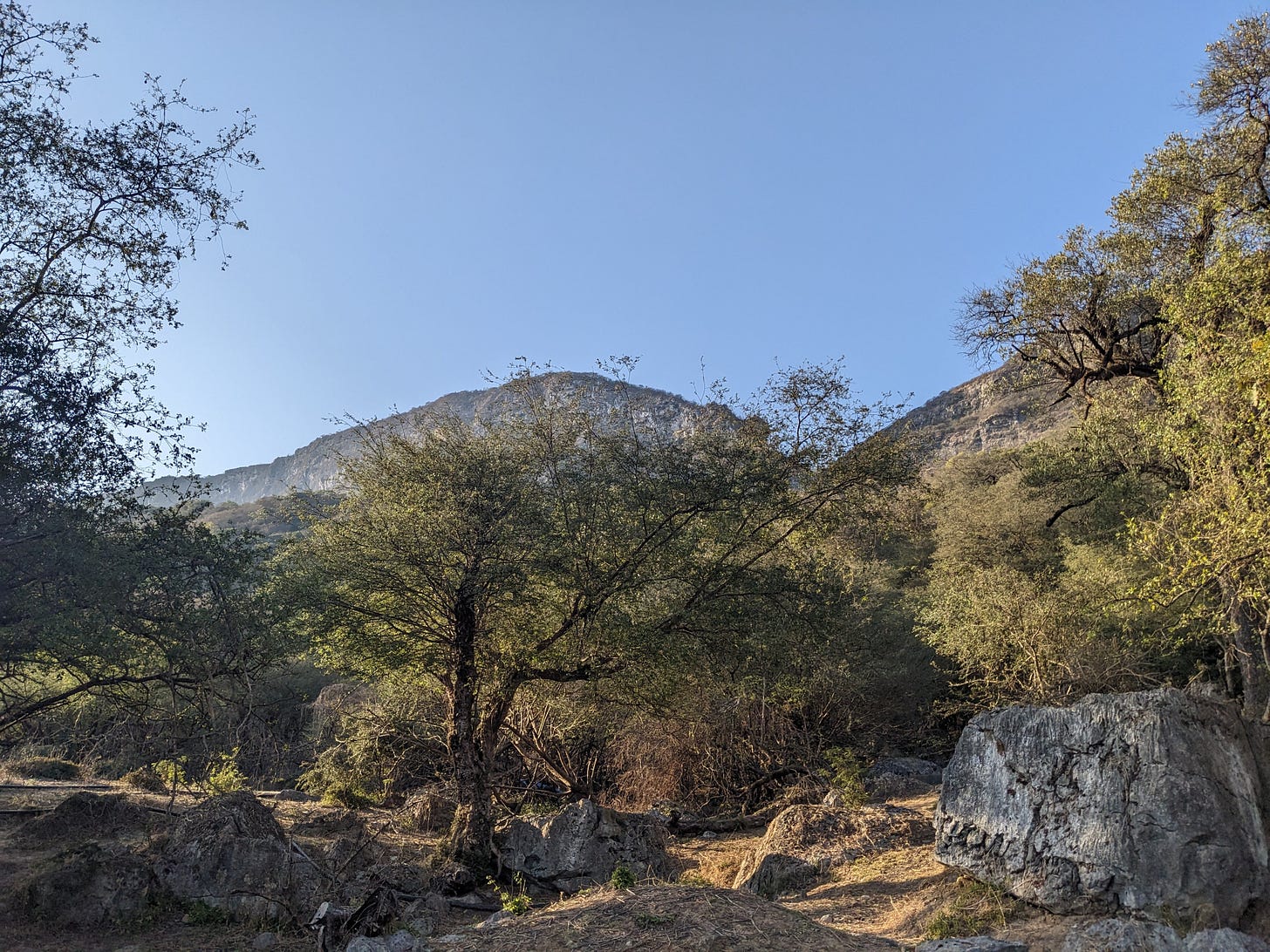
Salalah
I arrived to Salalah by air from Sri Lanka, Colombo and based myself here for a few weeks to explore the region. Although Salalah is the second largest city in Oman and home to the second-busiest port in the Middle East it is a very calm and relaxing place with some amazing beaches, beautiful Mosques and gardens, and some interesting historical sites.
I stayed on the east side of the city on Dhareez beach. Beach tourism is starting to arrive to Oman with Salalah becoming more and more popular and many new developments are underway in the area but it is still easy to find parts of beach that are beautifully quiet often populated with more gulls and crustaceans than humans.
The warm sea laps gently against the soft sand, clear enough to see schools of silver fish flitting through the turquoise waves as they rise before breaking. Local fisherman take full advantage of this and wade into the water, their practiced eyes scanning the surface ready to cast their shoulder nets in a wide arc, encircling a shoal to haul in a glistening bounty of fresh fish that you will find served up in the local restaurants.
Cultivation Practices in Salalah
The cultivation areas around Salalah are concentrated to a band between the main residential and commercial part of the city and the coastline.
Salalah has carved a niche for itself as a tropical fruit haven in Oman. This is in large part due to the Khareef, that provides the vital moisture tropical fruits need to thrive, along with the year-round warmth with temperatures rarely dipping below pleasant levels crucial for many tropical fruits that struggle in colder climate.
An abundance of coconuts, bananas, and papayas flourish in the warm, humid conditions and you'll also find a good variety of other tropical fruits like limes, guavas, pomegranates, and custard apples. The produce is readily available all year around from roadside markets throughout the city
Tropical Polycultures
Water-efficient crops like coconut and papaya are often intercropped with bananas. Sometimes all three are grown together and often you will find a herb layer of vegetables grown between the trees
There appears to be quite a lot of experimentation going on in the area with various layers, planting arrangements and spacing seen throughout the cultivation zone.
Salalah benefits from a unique source of water - the remnants of ancient underground lakes trapped in the sandstone aquifers. This fossil water is extracted through wells for irrigation. However, this resource is not sustainable and needs careful management. Desalination plants are also used to convert seawater into freshwater for irrigation. This is a growing trend in Oman, but it can be expensive due to the high energy consumption.
Historically Falaj irrigation systems were used. These traditional Omani water management systems rely on gravity to channel water from underground sources or aflaj (channels) to fields. While not large-scale, they are still used for smaller farms and are incredible feats of engineering. Based on historical records the systems likely date back to 500 AD with archaeological evidence suggesting that irrigation systems using similar principles existed in the region as early as 2500 BC
Regenerative Landscape Design - Online Interactive Course
Want to learn how to design, build and manage regenerative landscapes? Join us on our Regenerative Landscape Design - Online Interactive Course. We look forward to providing you with the confidence, inspiration, and opportunity to design, build and manage regenerative landscapes, gardens, and farms that produce food and other resources for humans while enhancing biodiversity.
You can find the course details here and at the moment we have a $350 ( 20%) discount for full enrollment to the course. Just use RLD2024 in the promo code section of the registration form to receive your discount.
Pasture and Grazing - Camels, Goats and Cows
Due to the previously mentioned Khareef, the region has vegetation enough to support grazing of cows, camels and goats. The further South west you go towards the Yemen border the more cows you will see but camels are probably the most popular livestock.
The main species of Camel you will find in Oman is Camelus dromedarius that are perfectly adapted to Dhofar's climate. They can thrive on minimal water and vegetation, making them ideal for grazing in the region's diverse landscapes. These Camels have been an integral part of Dhofari culture for centuries, playing a vital role in transportation, food, clothing, and social life and owning and raising camels remains a source of pride and cultural identity for many.
Local practices have adopted modern technology with jammaal ﺟَﻤَّﺎﻝ. (camal drivers) using state of the art 4 x 4’s to herd the camels within the desert and along the highways. As anyone that has driven in Oman will know all to well, avoiding Camels on the road is pretty much a necessity for driving, and that includes the highways, not that I am complaining, it’s always a pleasure to meet these glorious animals.
Camel meat and milk are important sources of protein and nutrition for local communities. Camel wool is used for weaving textiles, and the hide is processed into leather for various purposes. As well as this, Camel racing and beauty contests are popular cultural events that contribute to the local economy and generate income for camel owners and of course tourists are drawn to the unique experience of interacting with camels and learning about their role in Dhofari culture.
Close by Salalah are a number of world class natural attractions, here are just a few that I visited during my stay.
Wadi Darbat
Nestled in Oman's Dhofar mountains, Wadi Darbat is a breathtaking escape for nature lovers and unlike many Wadi’s in the region the water flows year around resulting in a lush green carpet on the valley floor that contrasts wonderfully with the rugged limestone cliffs and barren rocks of the surrounding area.
The star of the show is the cascading Darbat Waterfall, which tumbles into a series of turquoise pools with river banks grazed by flocks of camels, goats and the occasional donkey.
During the rainy season the water flow is considerably stronger and leads onward from the above location eventually dropping off a large cliff creating a wonderful waterfall. During the winter months the water does not reach this far but you can follow the river upward and deep into the Wadi.
Pteris vittata - Ladder brake growing on the sides of the pools caught my eye. Studies have shown that this plant has the ability to remove various toxins like formaldehyde, benzene, and xylene from the surrounding air. So, having one around your house can actually improve your indoor air quality.
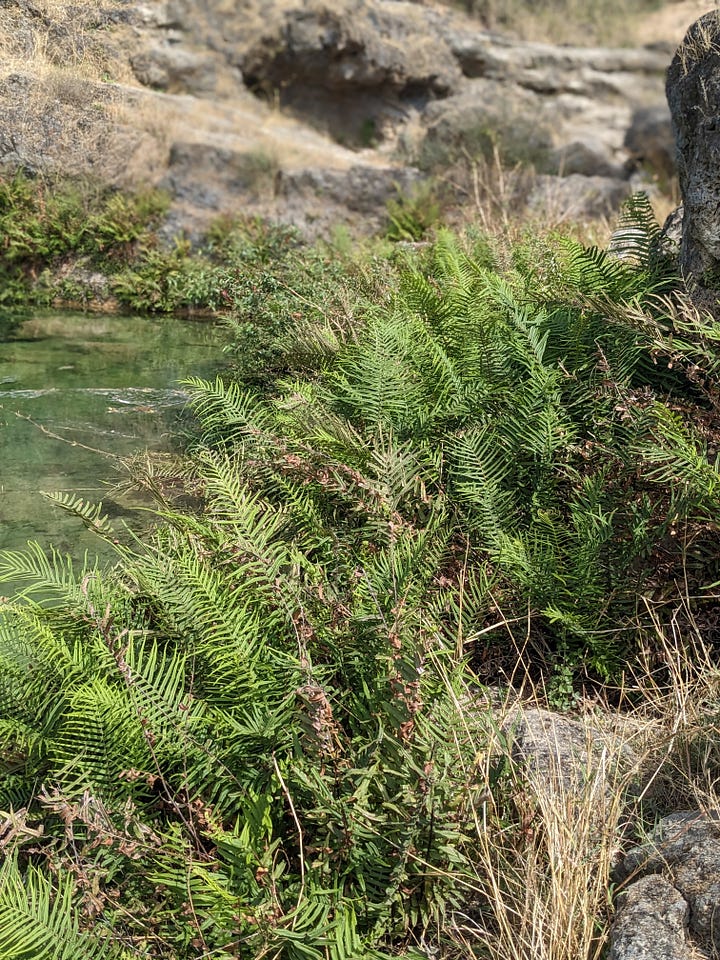

The camels in Wadi are numerous and enjoy the fresh forage that grows around the pools as well as the leaves from the low hanging tree branches. They do not seem at all bothered about the humans wandering among them and posing beside them for the occasional photo.
Beaches Of Dhofar
Outside of the Khareef season between late June and early September you are pretty much guaranteed to have any of the amazing beaches in this region to yourself. During the Khareef, people all over the Arabian peninsula and beyond flock to the region to escape the intense heat and enjoy the lush green landscape. Crystal-clear waters, endless stretches of pristine sand, and dramatic coastal landscapes characterize the sun-drenched shores of this unique region.
As well the Dhareez beach in Salalah I visited Mughsail Beach a 40 minute drive from Salalah and Dhalkut Beach close to the Yemen border.
Mughsail Beach
This is a breath taking beach framed by dramatic mountains on either side, making for a truly awe-inspiring scene.
The beach itself is a picture of paradise, with soft sand and clear waters inviting for swimming and relaxation.
The most unique features of Mughsail Beach are the natural blowholes carved into the surrounding cliffs by the power of the waves. When the waves crash in, they shoot up through the blowholes creating a spectacular geyser effect. The force and timing of the blowholes depends on the tide, so be sure to check tide tables before you go. There are walkways to get to the blow holes that also lead to a cave located near the beach that is said to have been a hideout for pirates in the past.
Capparis cartilaginea a relative to the Mediterranean plant that produces Capers, grows on the cliffs around Mughsail Beach. This perennial shrub thrives in the arid region and on top of the mountains and cliffs where it seems there is no soil at all. Traditionally, the plant’s roots have been used to treat snake bites in Oman.
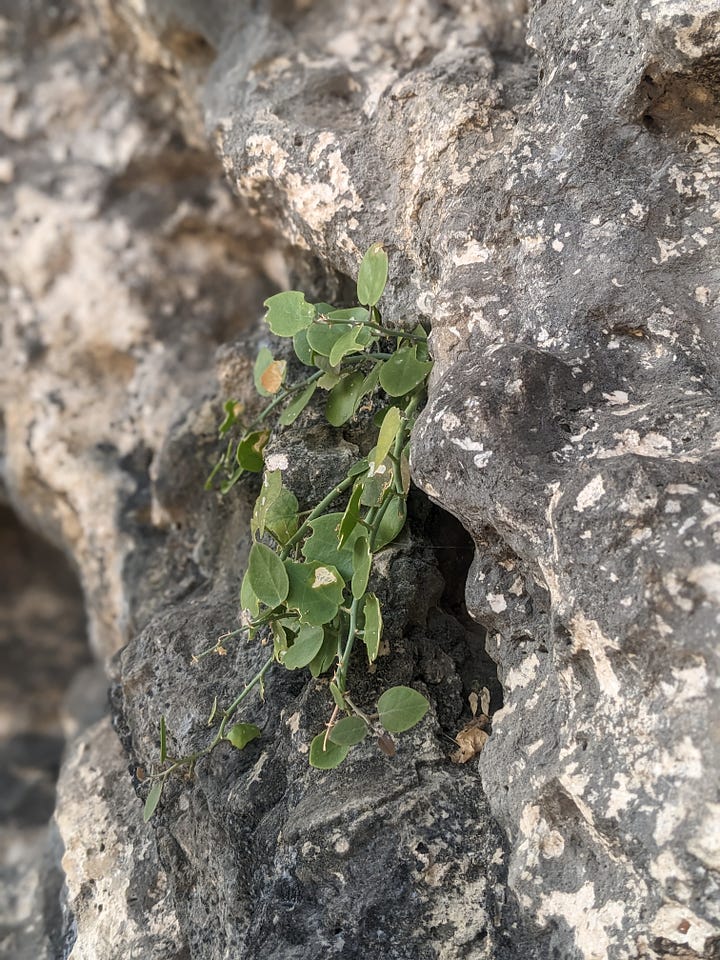
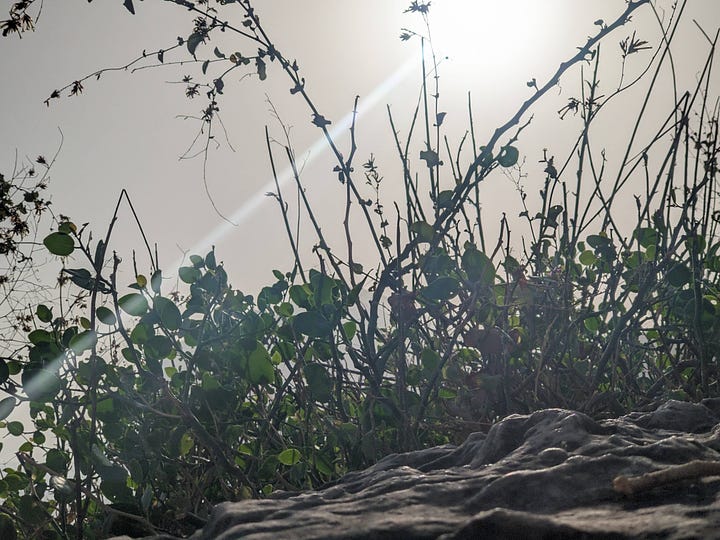
Oman has 111 recorded species of reptiles (96 terrestrial and 15 marine), harboring approximately 50% of the total number of reptile species in the Arabian Peninsula, ranking as one of the countries with the highest reptile diversity. Not sure what this little fella is but there were a number of them around.
Dhalkut Beach
Although quite a drive from Salalah and involving crossing various military checkpoints due to its proximity to the Yemen border presumably, it is well worth a visit and I’d like to spend more time in this area next time I visit.
On the east end of the beach, planted in the sand are the remains of a helicopter crash
Beach companions are more often than not going to be feathered friends like egrets, gulls, terns, and waders. The Western Reef Egret - Egretta gularis, a fascinating heron known for its color variations is common on the beaches.
The drive to the beach is a spectacle in itself crossing the Dhofar mountains and the many wadis that run through it.
There is an estuary before you enter Dhalkut full of birdlife including flocks of Flamingos. The old road from Dhalkut going towards Salalah (that has now collapsed and replaced by a mountain road and bridge), is a great place to observe the birdlife from.
Remarkable Plants from the Dhofar Region
The geographical position Dhofar, being only 600 km from the Horn of Africa, combined with the climatic influence of the Khareef has resulted in a unique flora and fauna that is amongst the most diverse of the Arabian Peninsula. Of Oman’s 1407 plant species, 867 are found in Dhofar, including 41 species of plants that are endemic to the region.
Here are a few plants that really stood out!
Adenium dhofarense
I was fortunate to come across Adenium dhofarense, also known as the Desert Rose up in the Dhofar Mountains. This plant is endemic to Southern Oman and far North-East Yemen. An incredible succulent with beautiful flowers and strange shaped swollen caudex (base of the stem).
It's quite unbelievable how it thrives in the harsh desert climate here, the trick being the caudex stores water allowing the plant to survive long periods of drought. The thick, waxy leaves also help to reduce water loss.
Like other members of the Apocynaceae family , notably Nerium oleander, all parts of the plant are very poisonous. I could not find any reference to how Adenium dhofarense is used however indigenous people of Oman have used the more widely distributed Adenium obesum for the treatment of venereal diseases, wounds, skin diseases, headaches, muscle pain as well as joint pain. More on that here.
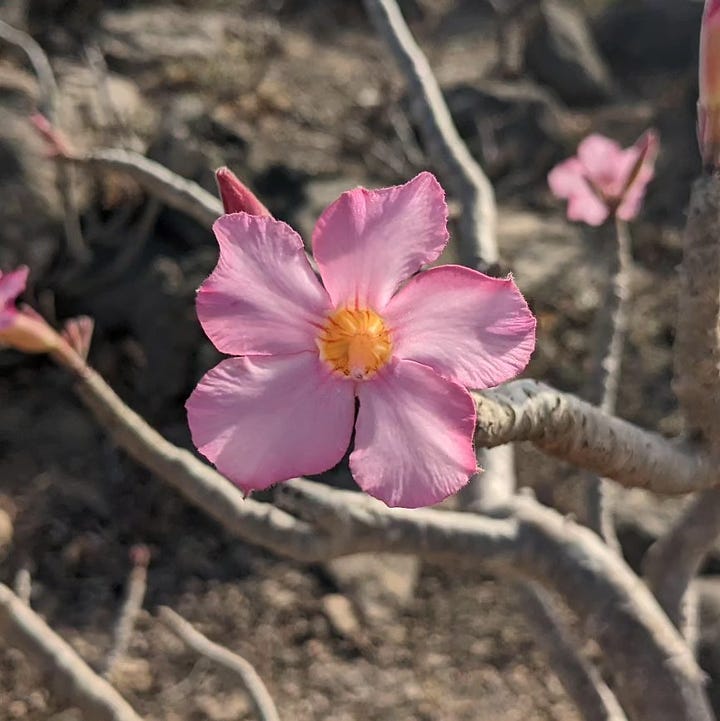
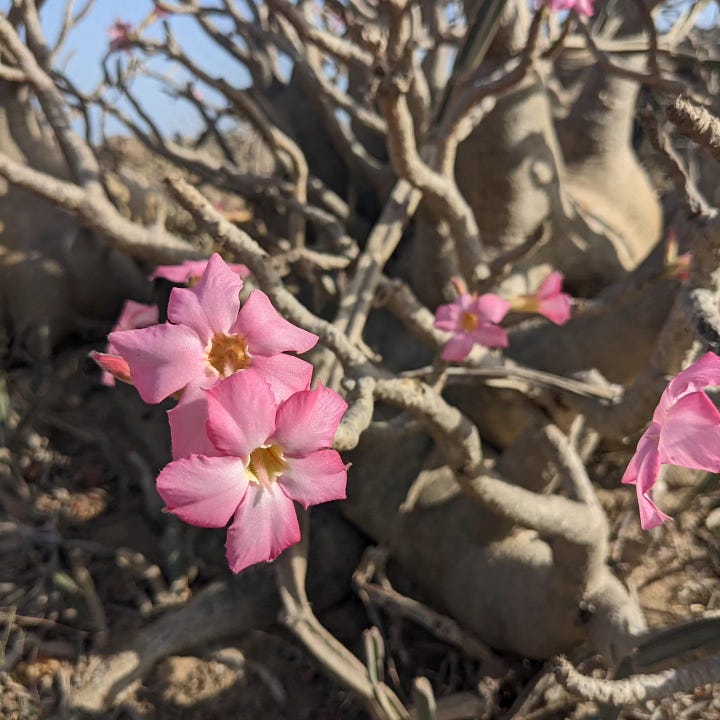
Adansonia digitata - African Baobab
As mentioned above I took a day trip from Salalah to the Yemen border and to visit Dhalkut a sleepy town under the Dhofor mountains. On the east side of the town you can find an incredible Giant African Baobab Tree that I think is Adansonia digitata. There are approx. 200 Baobab trees in the Governorate of Dhofar but this one is a giant and possibly 1000 years old.
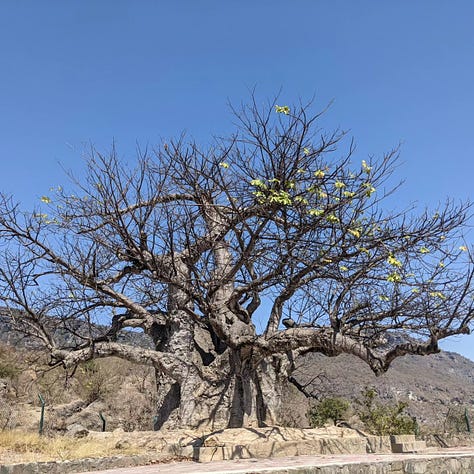
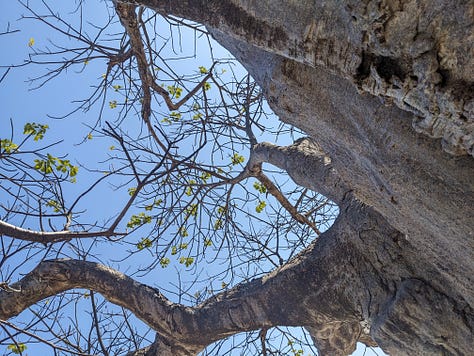
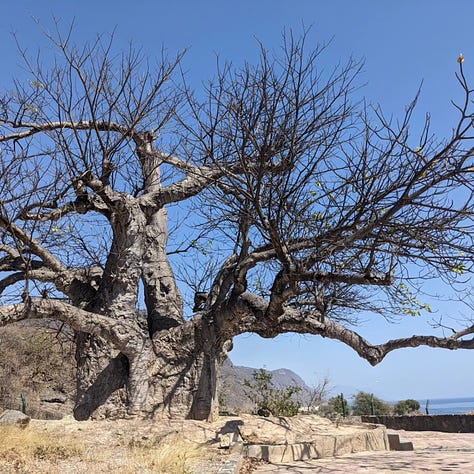
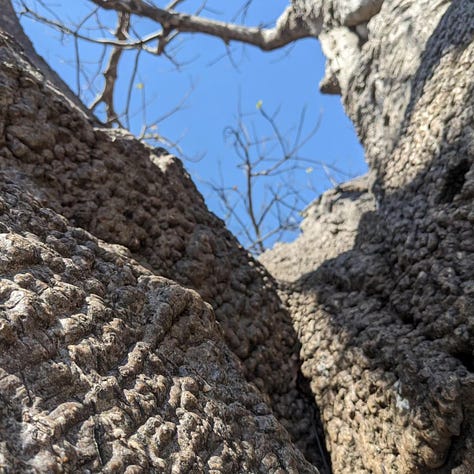
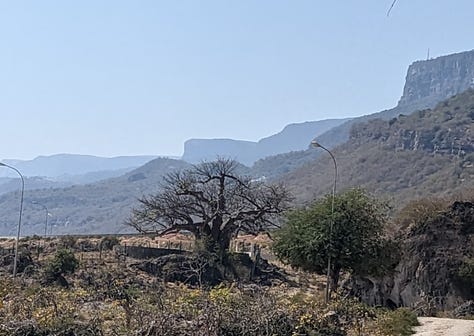
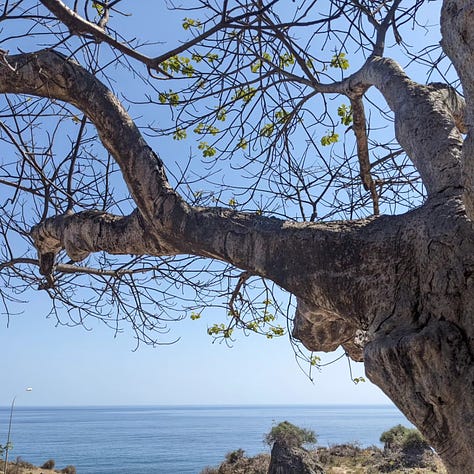
I found a photo of the tree online that was taken during The Khareef season when the whole area is flush with chlorophyll and the tree is in full leaf. In Mid Feb when I visited there were just a few leaves on the tree. The baobab sheds it’s leaves during the early dry season and new leaves appear after flowering.
If you wander around the back of the tree outside of the fenced area and make your way up the mountain, you’ll find some great Adenium dhofarense - Desert Rose specimens too.
Cistanche tubulosa - Desert Hyacinth
You don't see many gaudy flowers around the beach and in the desert, which makes it even more impressive when you do. This magnificent specimen is Cistanche tubulosa is a desert holoparasitic plant species in the genus Cistanche.
Being a holoparasite, these plants lack chlorophyll and obtain nutrients and water from a host plants whose roots it parasitizes. The yellow flowers do not smell great and attract flies that carry the pollen on their legs from plant to plant helping with pollination. The many tiny seeds may remain dormant for years in the desert sands until the roots of the host plant are close enough to trigger germination.
Boswellia sacra - Frankincense Tree
This area of Oman boasts the best quality frankincense on the planet and has done for 1000’s of years. The plant that produces this frankincense is Boswellia sacra and it is native to the dry wadi’s that carve their way through the stony desert and in the mountains of Dhofar.
I wrote a full post about these incredible plants that you can find here - Arabian Walkabout - Land of Frankincense - Oman
Gossypium herbaceum - Arabian Cotton
An extremophile thriving in incredibly challenging environments, specifically the hot, dry, and sun-scorched semi-arid regions of sub-Saharan Africa and Arabia. It has developed unique adaptations, including deep roots to access underground water, waxy leaves to minimize water loss, and reflective hairs to deflect sunlight.
Though not as commercially viable as other cotton varieties, Arabian cotton was historically used to make textiles, particularly in Yemen and Oman. It’s fibers are shorter and coarser than other cotton types, resulting in rougher but durable fabrics. In times of drought, the leaves and stems can be used for animal feed due to their protein content.
I’m looking forward to returning to Oman and will try to base myself around the Yemen border area next time to explore better the South Arabian fog woodlands, home to Anogeissus dhofarica a species of plant in the Combretaceae family only found in Oman and Yemen, along with many more interesting species.
Travel Tips
If you want to get into the wild and see the most amazing places, you need a car in Oman. The cities have been designed following the US model, large and spacious and designed to move around with a car and the country is large with many of the most beautiful spots only accessible with a car. There are no train services but there are buses that go from city to city. On the plus side, car hire is relatively inexpensive, the roads area pleasure to drive on, the cars are great quality and often fuel efficient and the price of fuel is extremely low compared to most other countries around the world. A 4x 4 is necessary if you want to get deep into the wilderness but not at all essential to have a an excellent experience travelling the country.
I’ve always travelled during the European winter, the weather is perfect with sunshine and dry days, and warm seas pretty much a guarantee.
You can camp pretty much wherever you want in Oman. It is extremely safe and every towns will have camping supplies given how popular camping is within the country.
There is not many options for midrange accommodation and very few hostels but Airbnb is reliable and the homes are very comfortable and spacious with everything you need and the hosts are very helpful and responsive.
Try the small simple restaurants/cafeterias around the coastal towns and villages that will usually have an ice box full of fresh fish that you can choose from, grilled or fried and served up with copious amounts of salad, bread and hummus.
That’s all for now!
Support Our Project
If you appreciate the work we are doing you can show your support in several ways.
Become a member of the Bloom Room. A $70 annual subscription to our Substack provides you with access to live sessions, design tutorials, a members forum and more, see details here.
Make a purchase of plants or seeds from our Nursery or Online Store
Joining us for one of our Practical Courses or Online Courses
Comment, like, and share our content on social media.
Want to learn more about Regenerative Landscape Design? Join The Bloom Room!
The Bloom Room is designed to create a space for more in-depth learning, for sharing projects and ideas, for seeking advice and discovering opportunities.
Ultimately, it aims to build a more intimate, interactive, and actionable relationship between members, a way for the Bloom Room community to support each other’s projects and learning journeys, and to encourage and facilitate the design, build, and management of more regenerative landscapes across our planet.
What you can expect as a member of the Bloom Room
As a member of the Bloom Room you can expect;
Access to an interactive forum where you can ask questions, direct what type of content you would like to see as well as share your own content and projects.
Monthly live session featuring general Q&A and tutorials on design software for creating and presenting polycultures.
Live session every month for members to showcase your projects, plans, designs, and gardens, with guest speakers from the community.
Full Access to all of the content on Substack
A 50% discounts on all of our online courses
Future opportunities to join our Global Regenerative Landscape Design and Consultancy Service, with potential roles for those with the will and skill to join our design team.
An opportunity to take part in the group ownership of a Regenerative Landscape. You will find more details on that here.
Become a paid subscriber to our Substack to join. The annual subscription is currently $70 and the monthly subscription is $7 (monthly subscription excludes discounts for products and services) . You can join here, we look forward to meeting you!

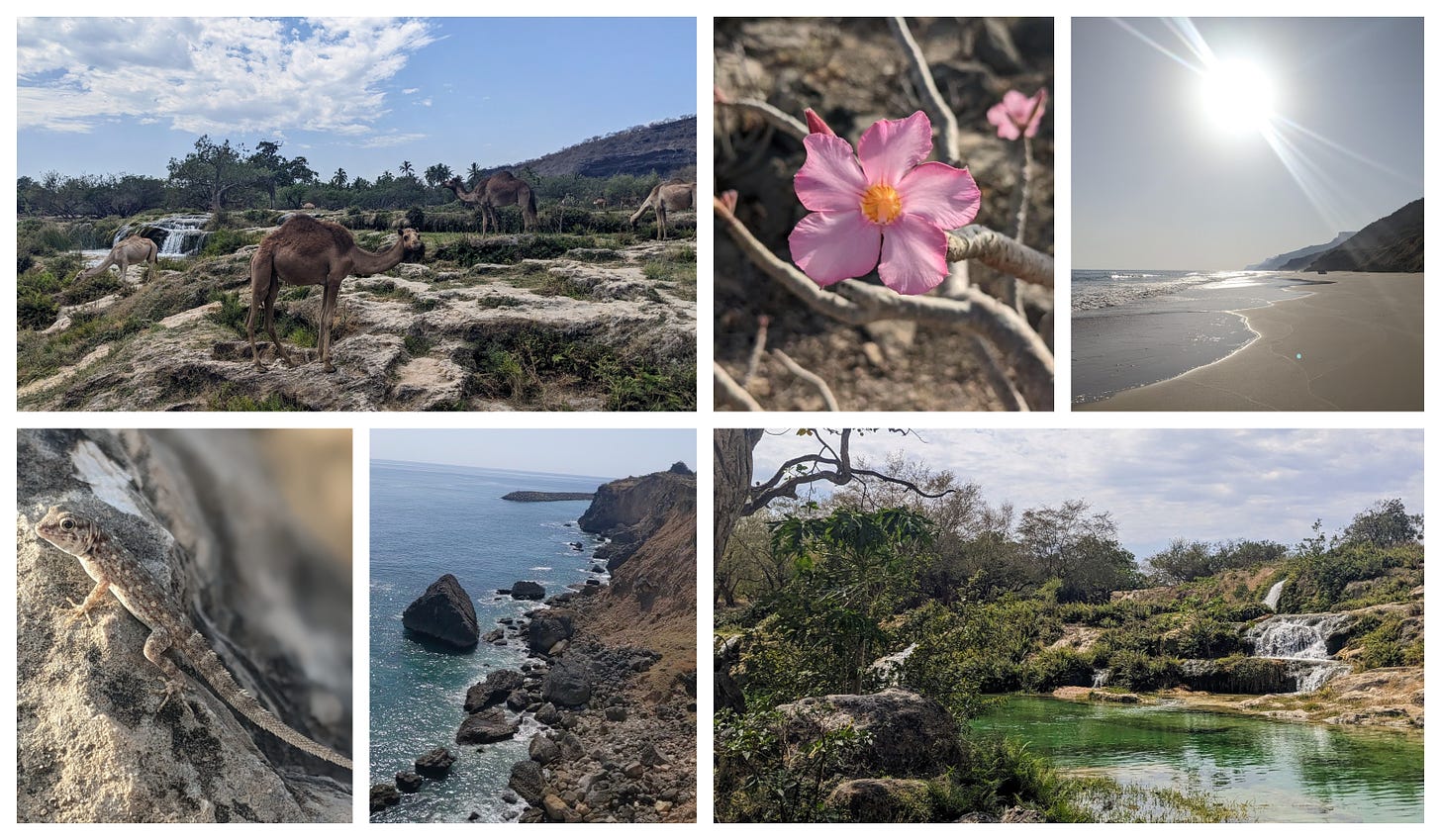
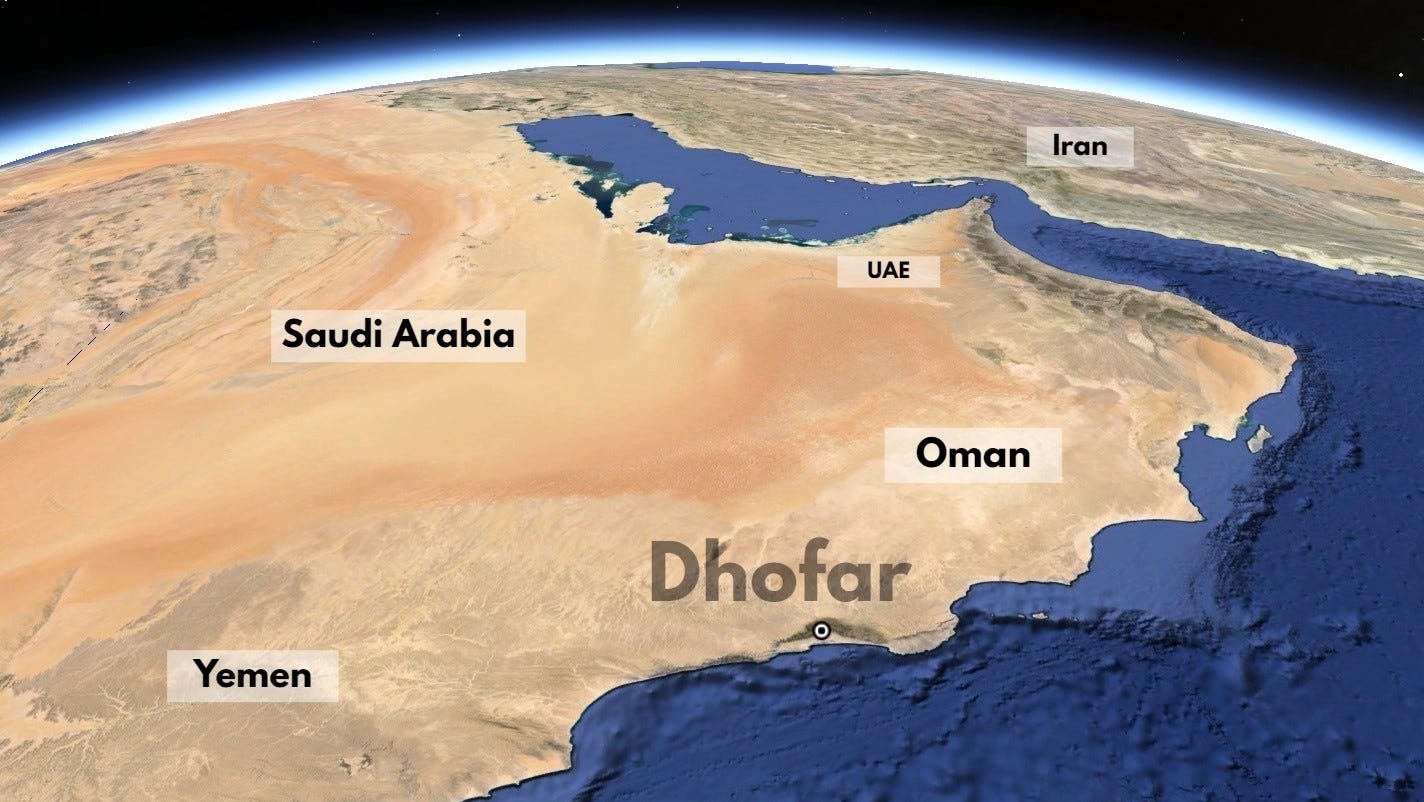
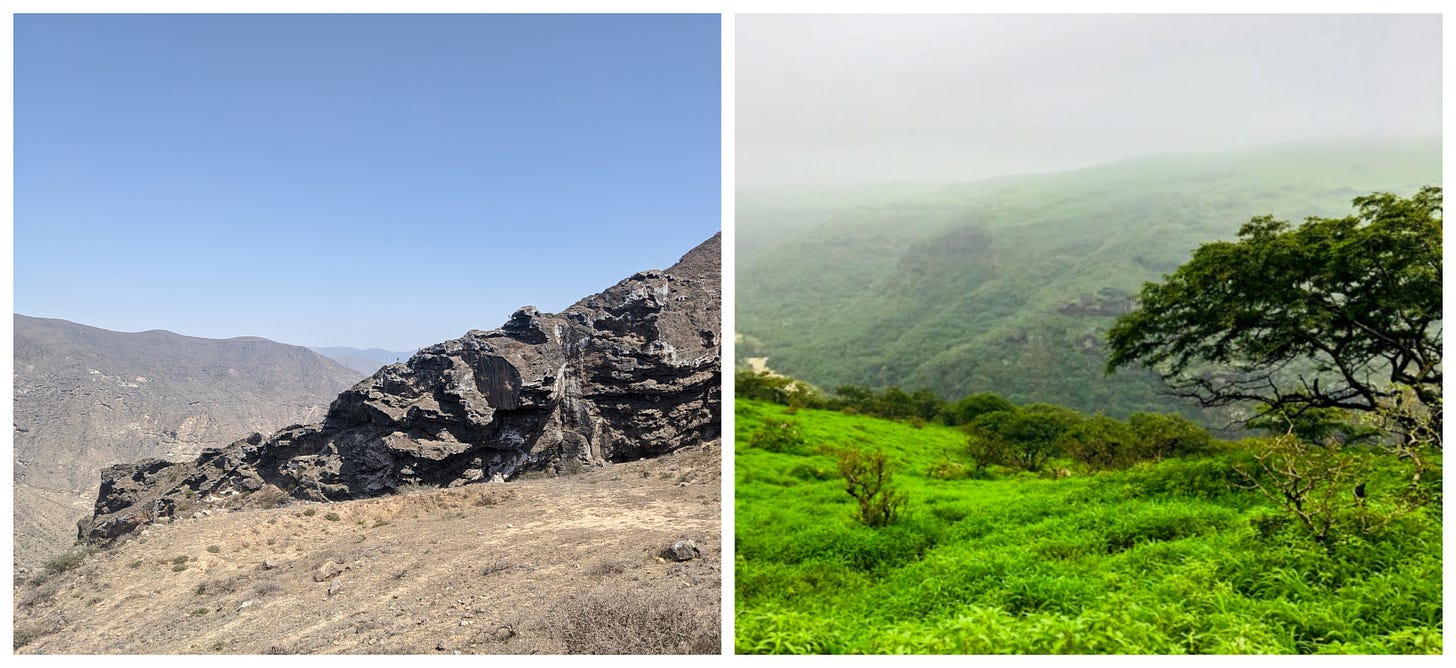
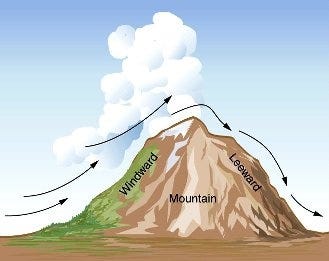
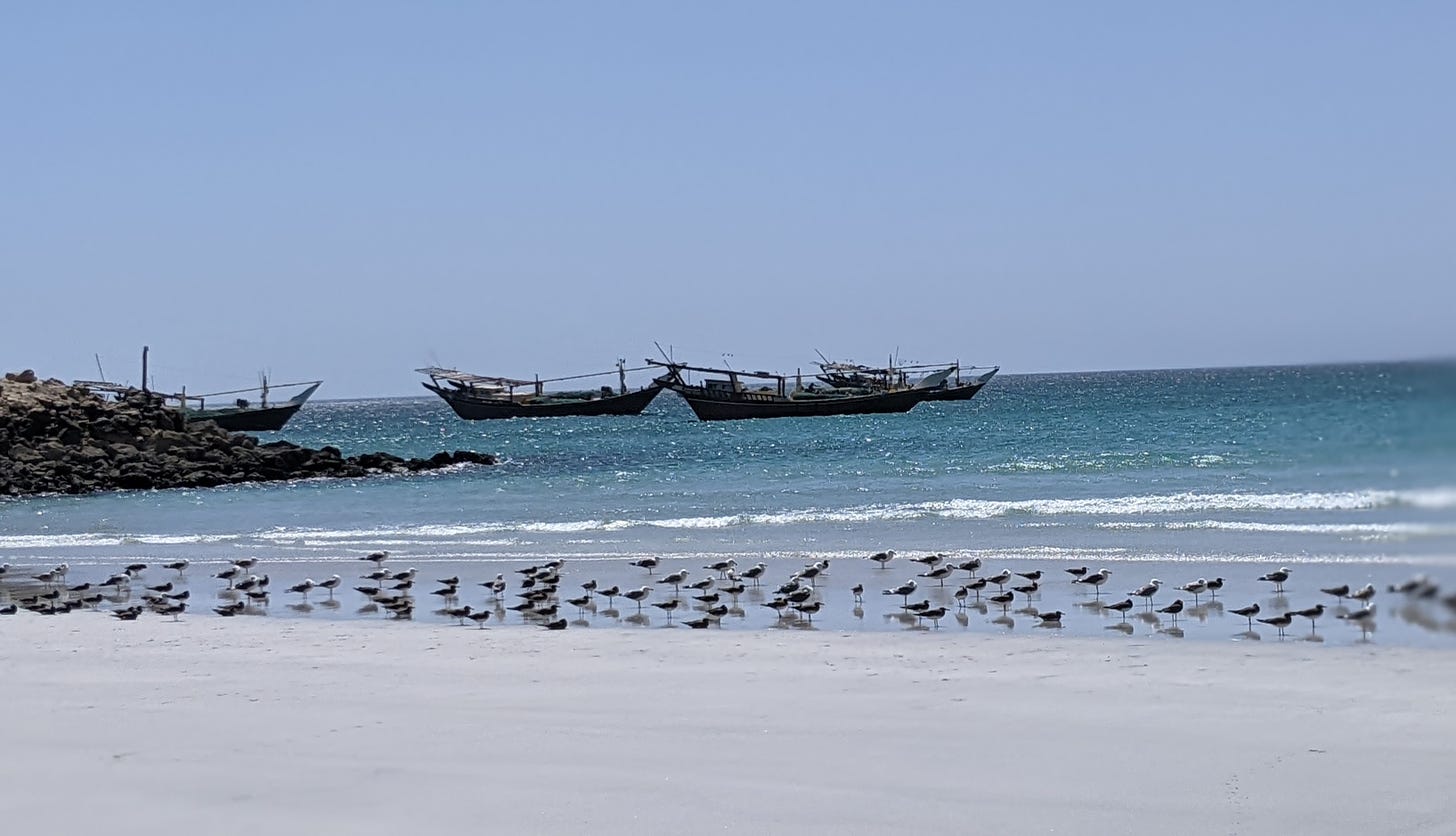

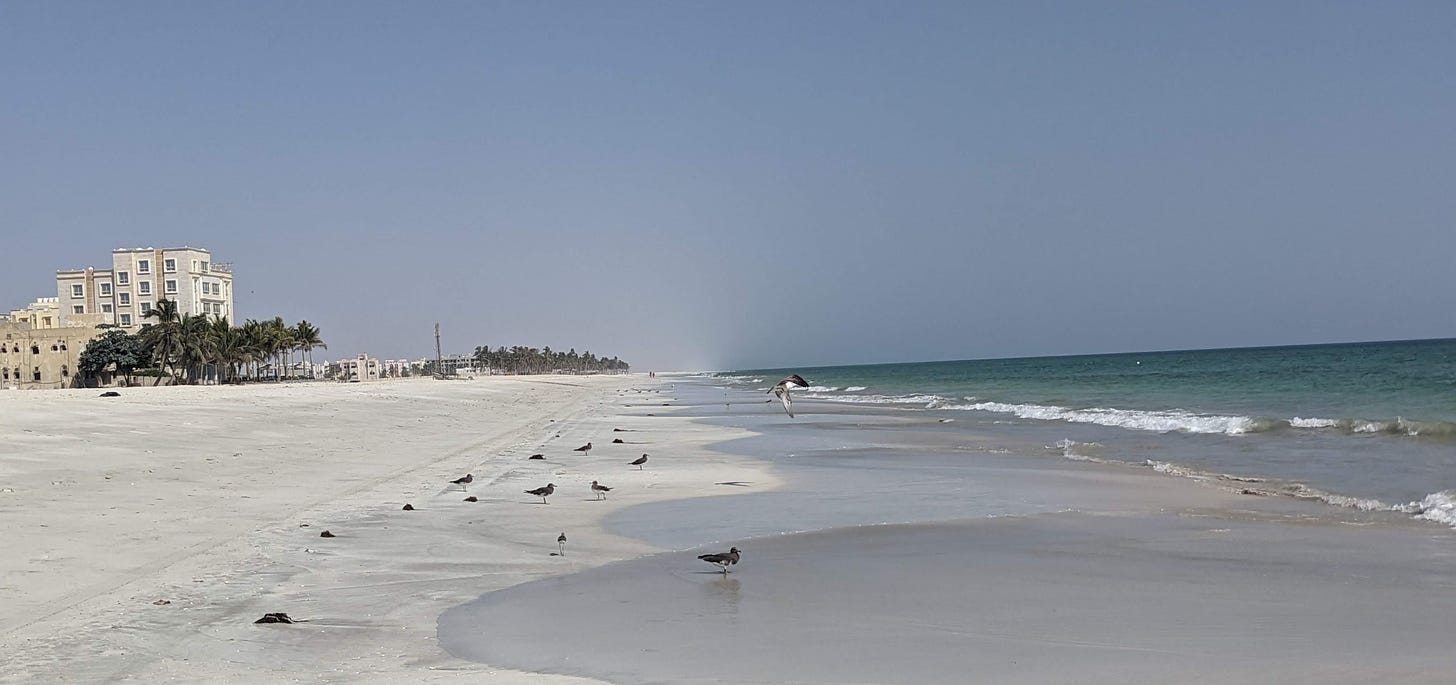

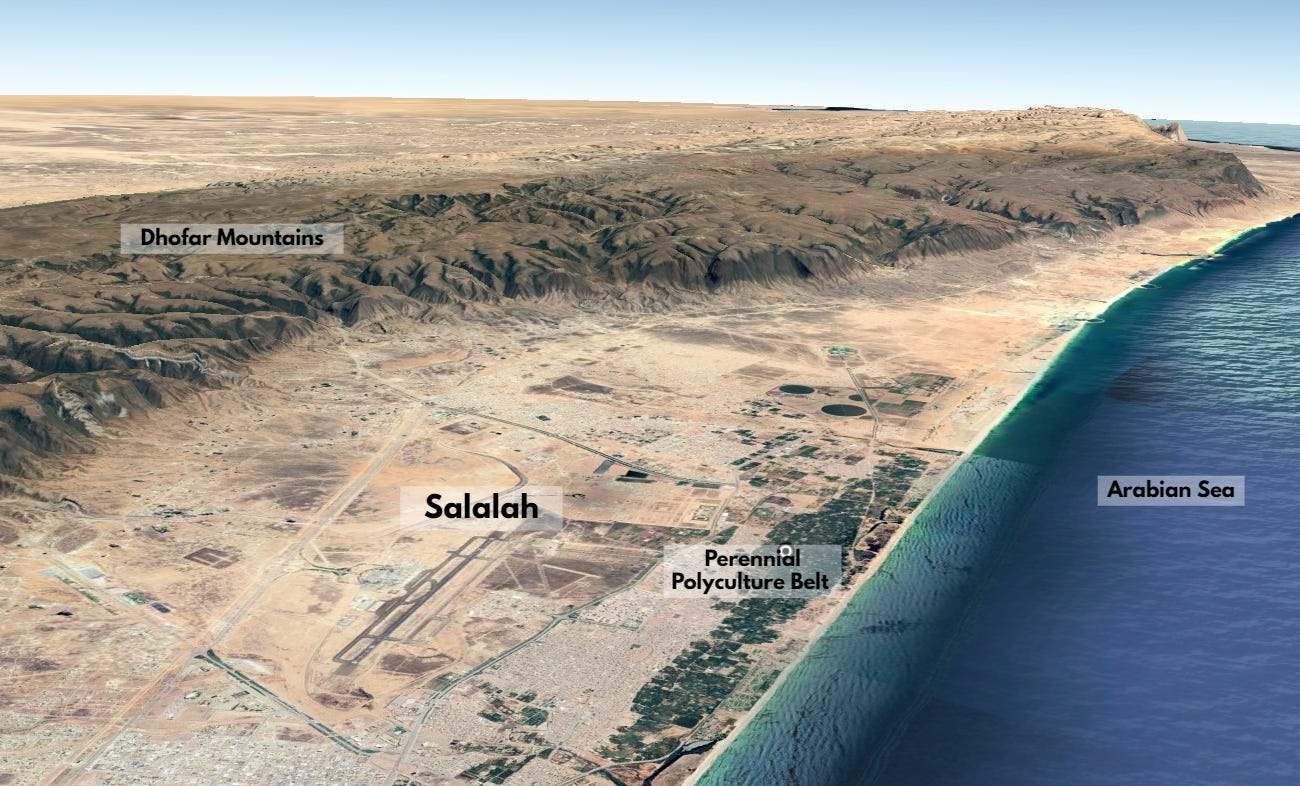
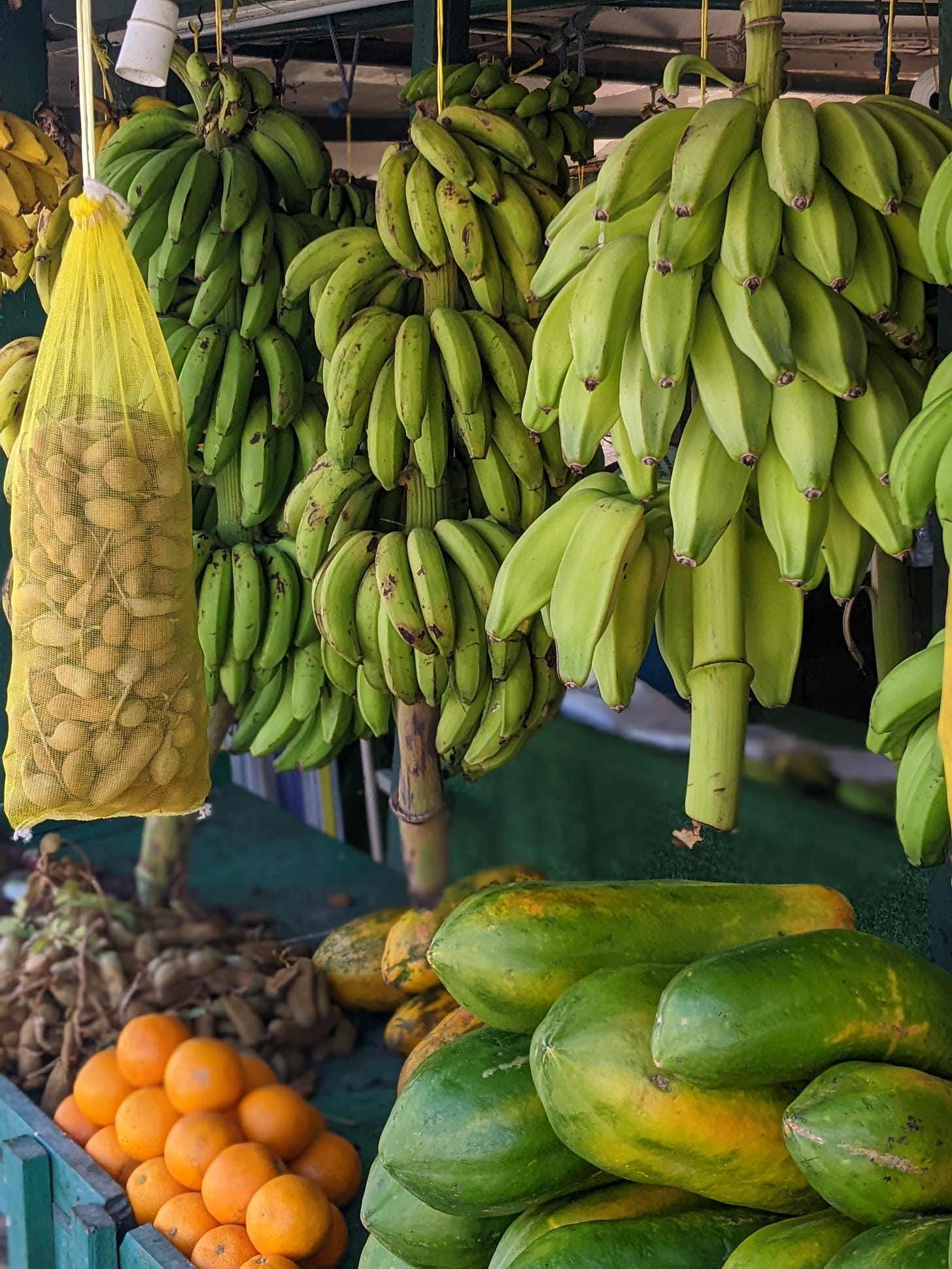
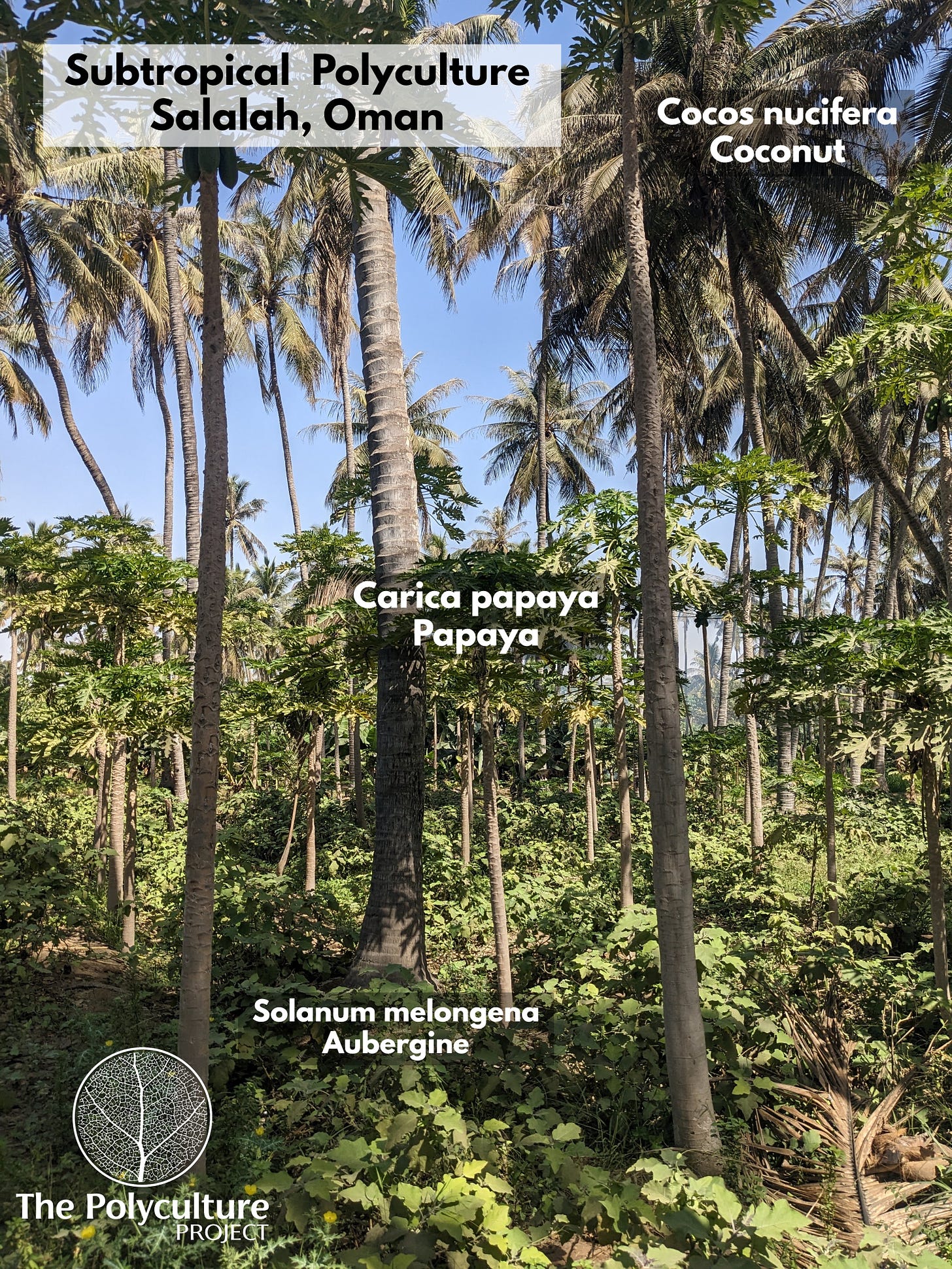
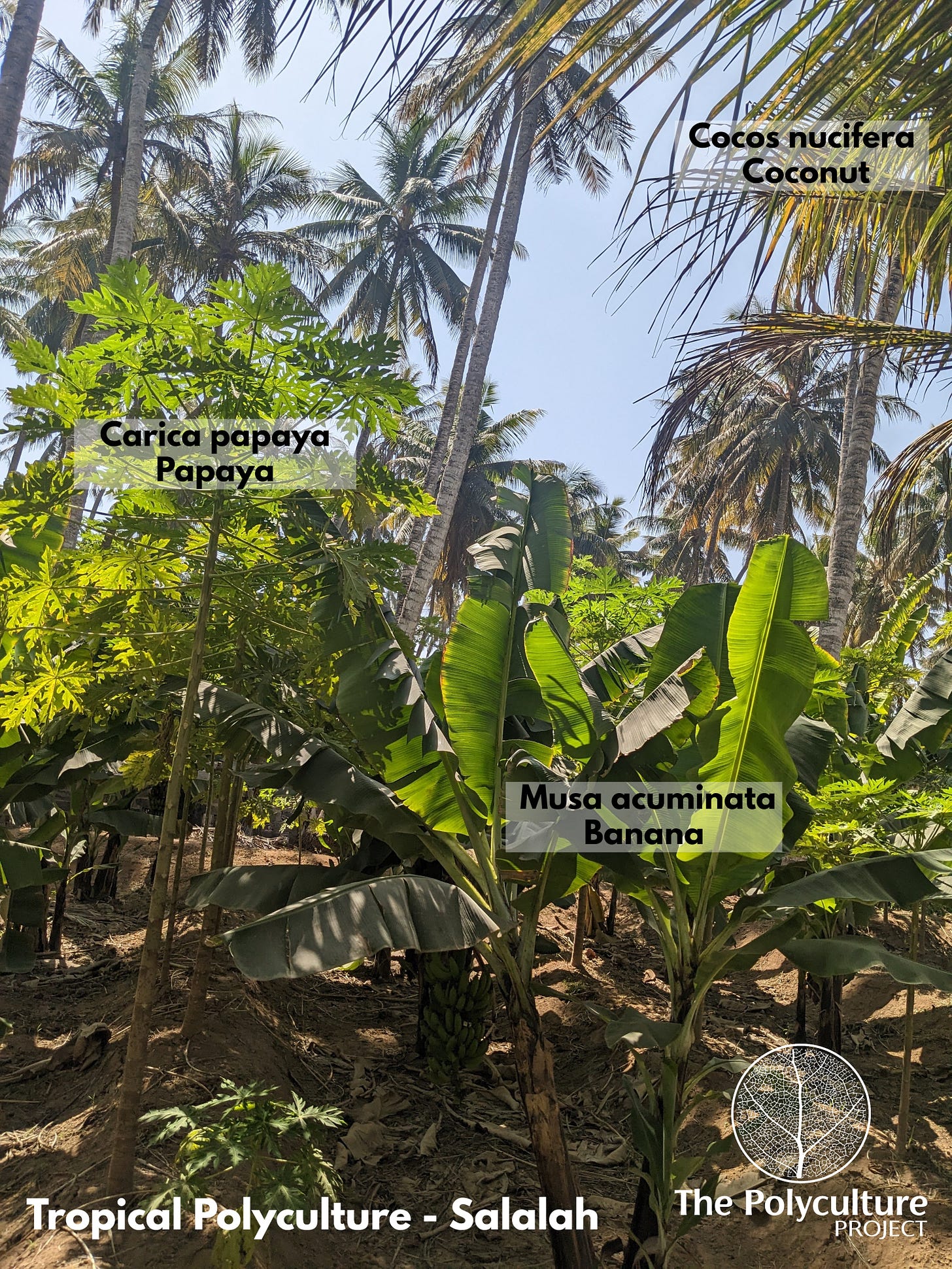
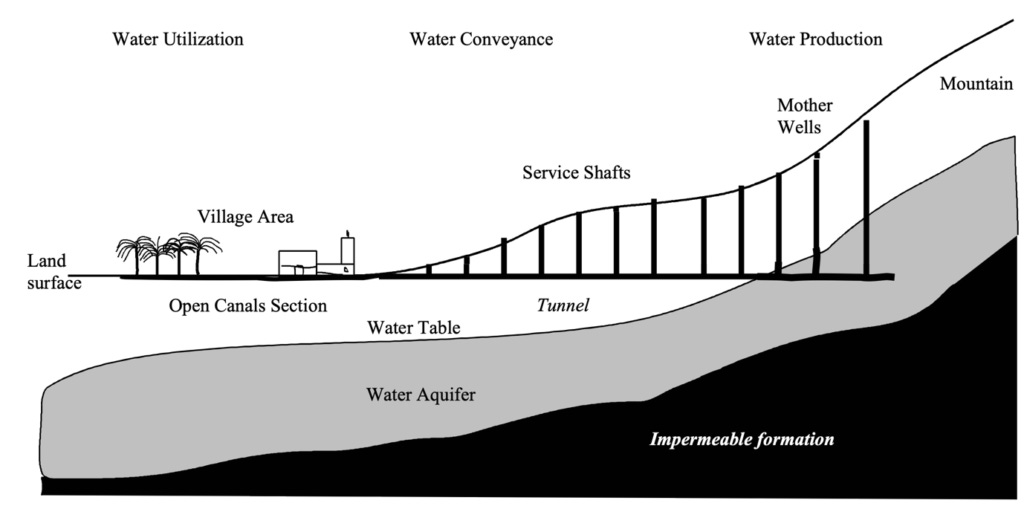

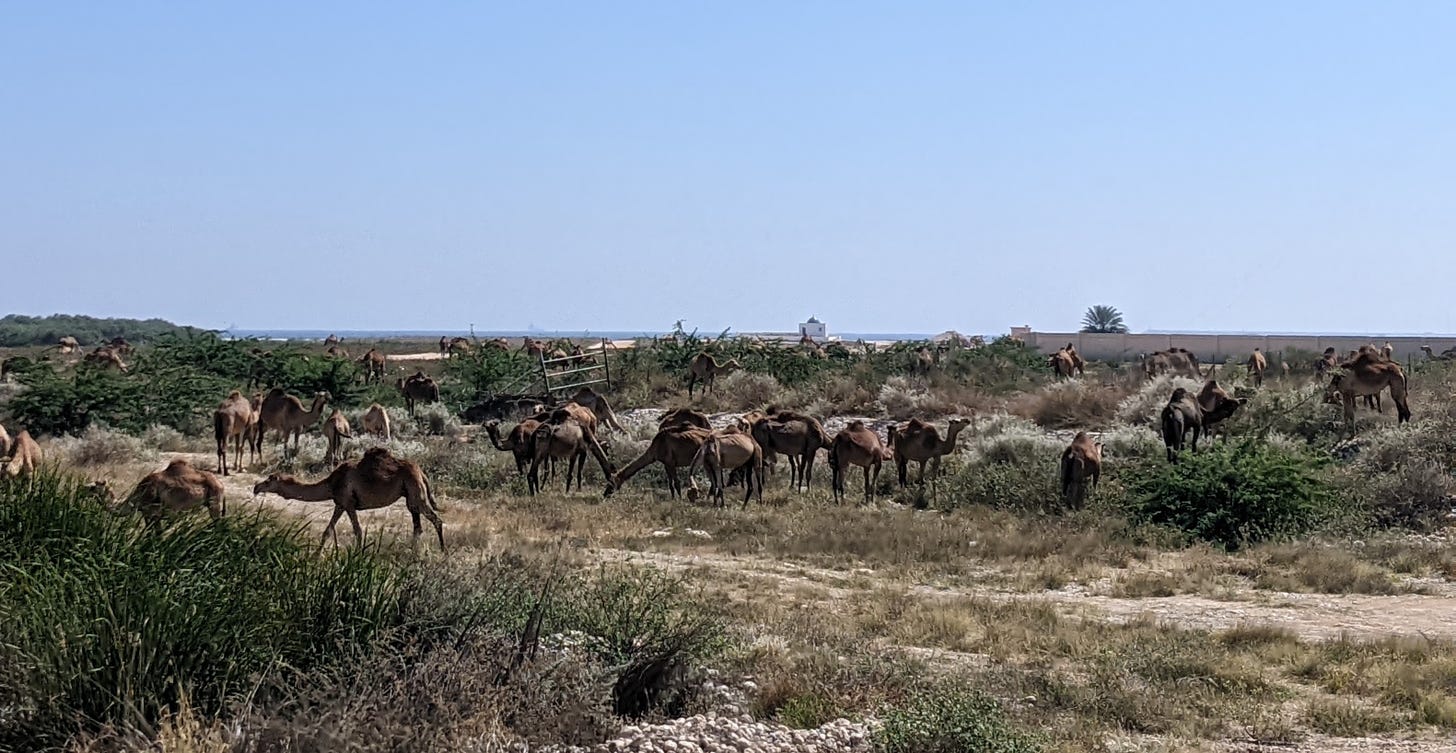
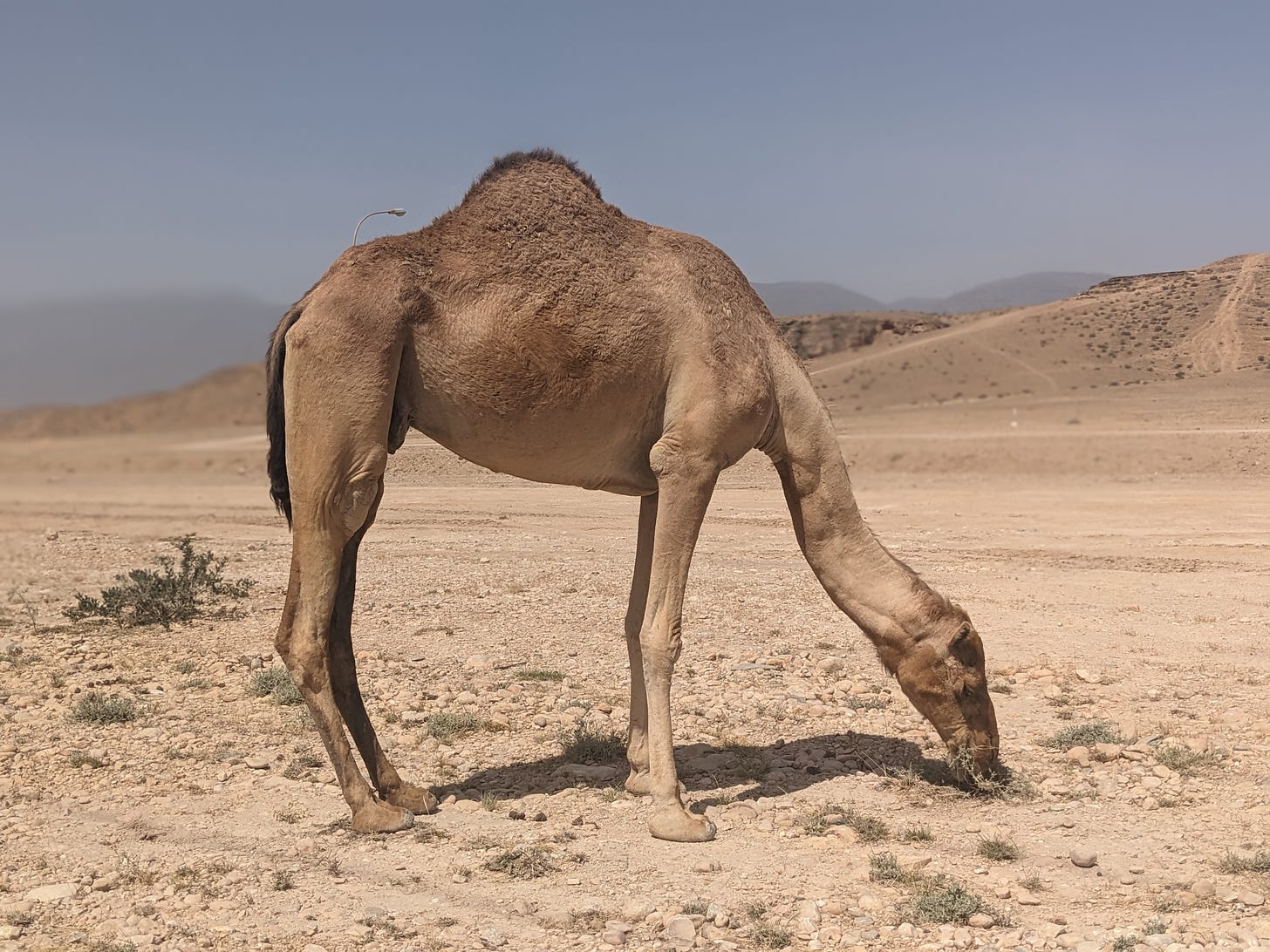
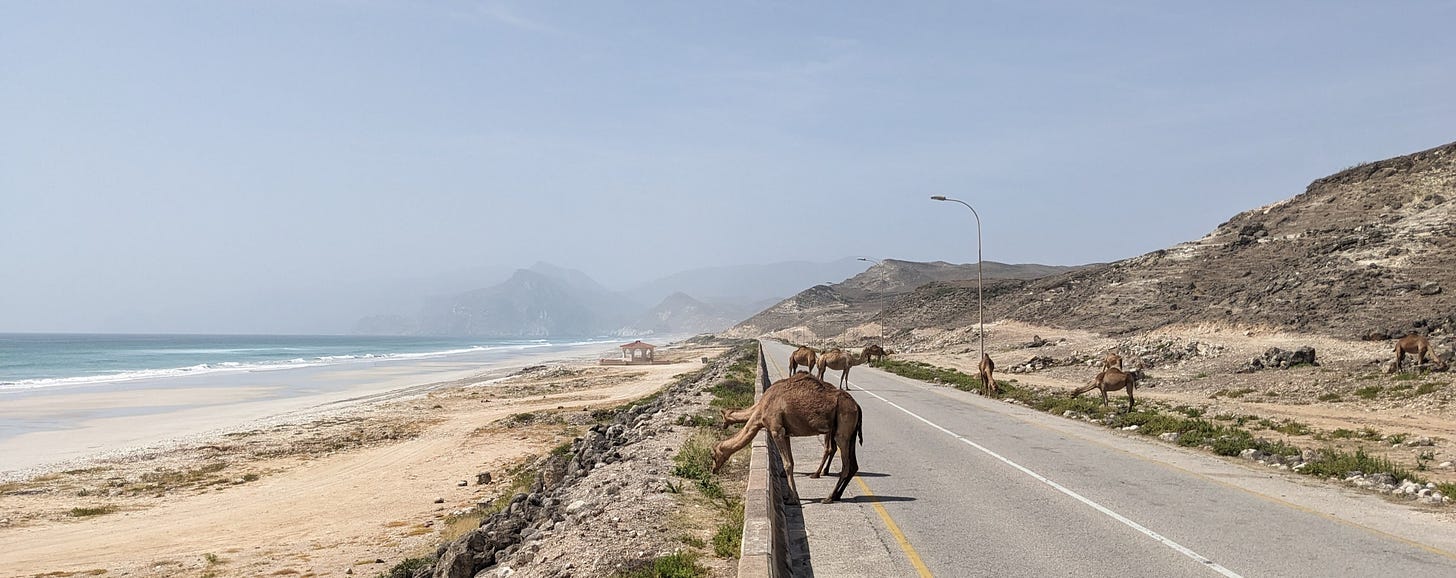
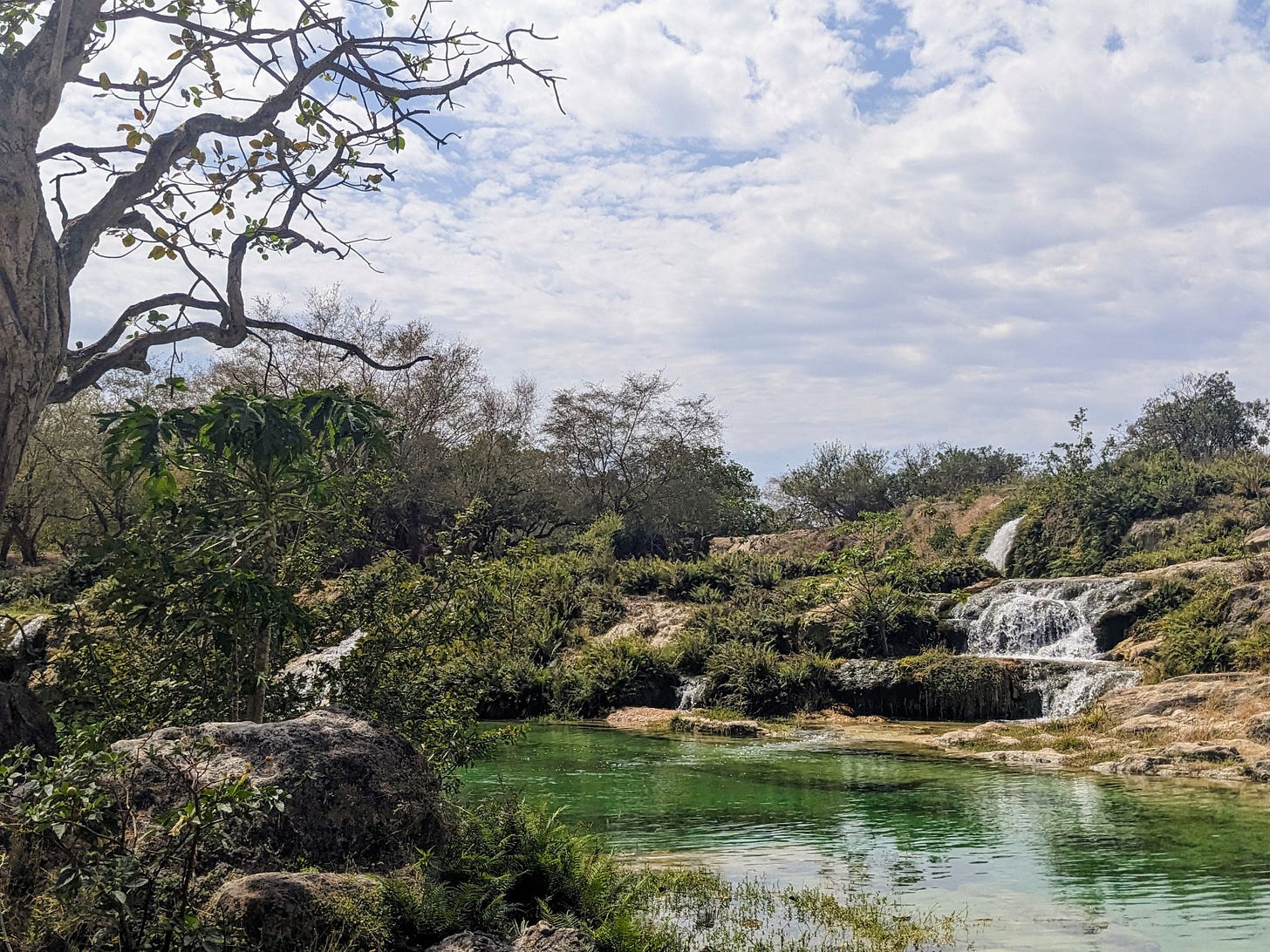
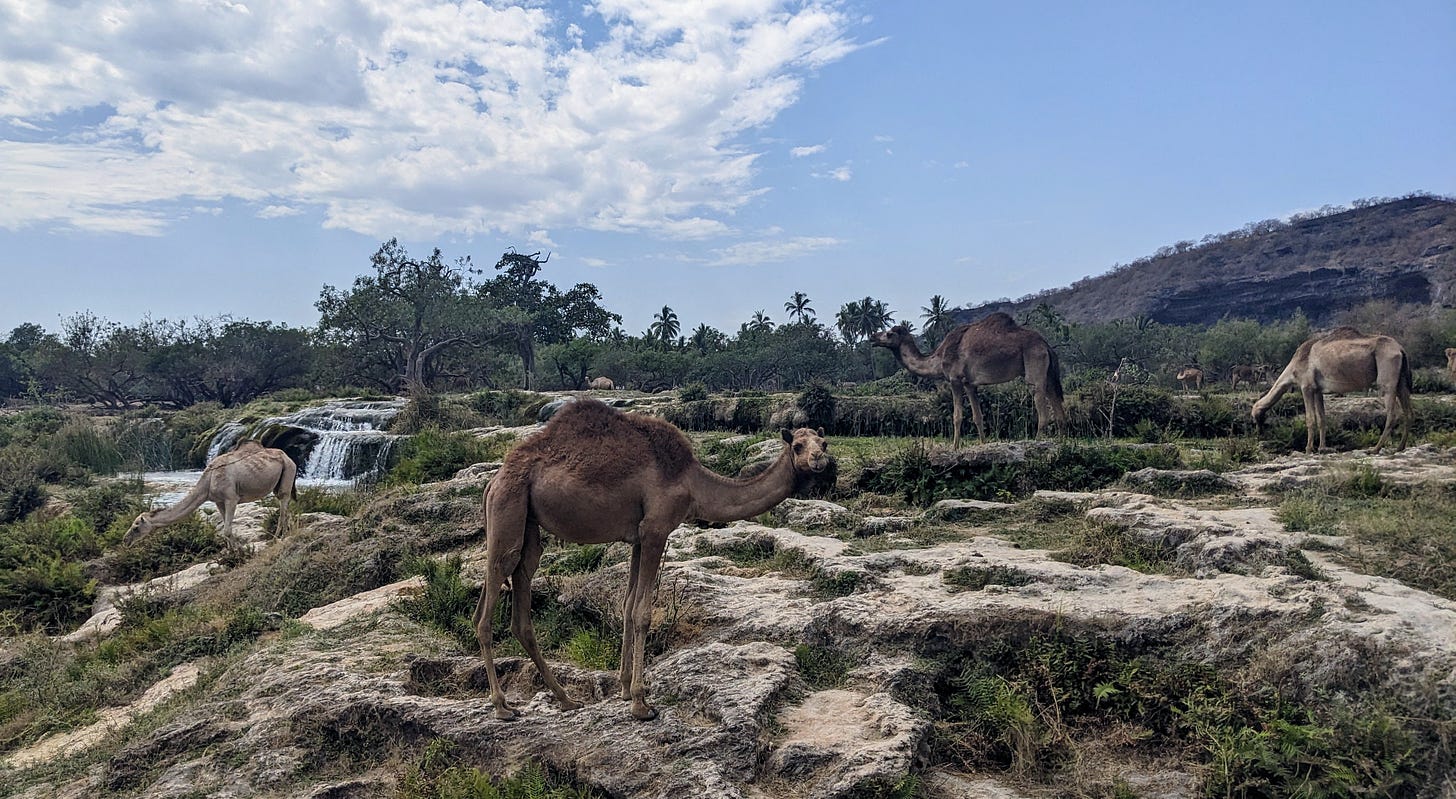
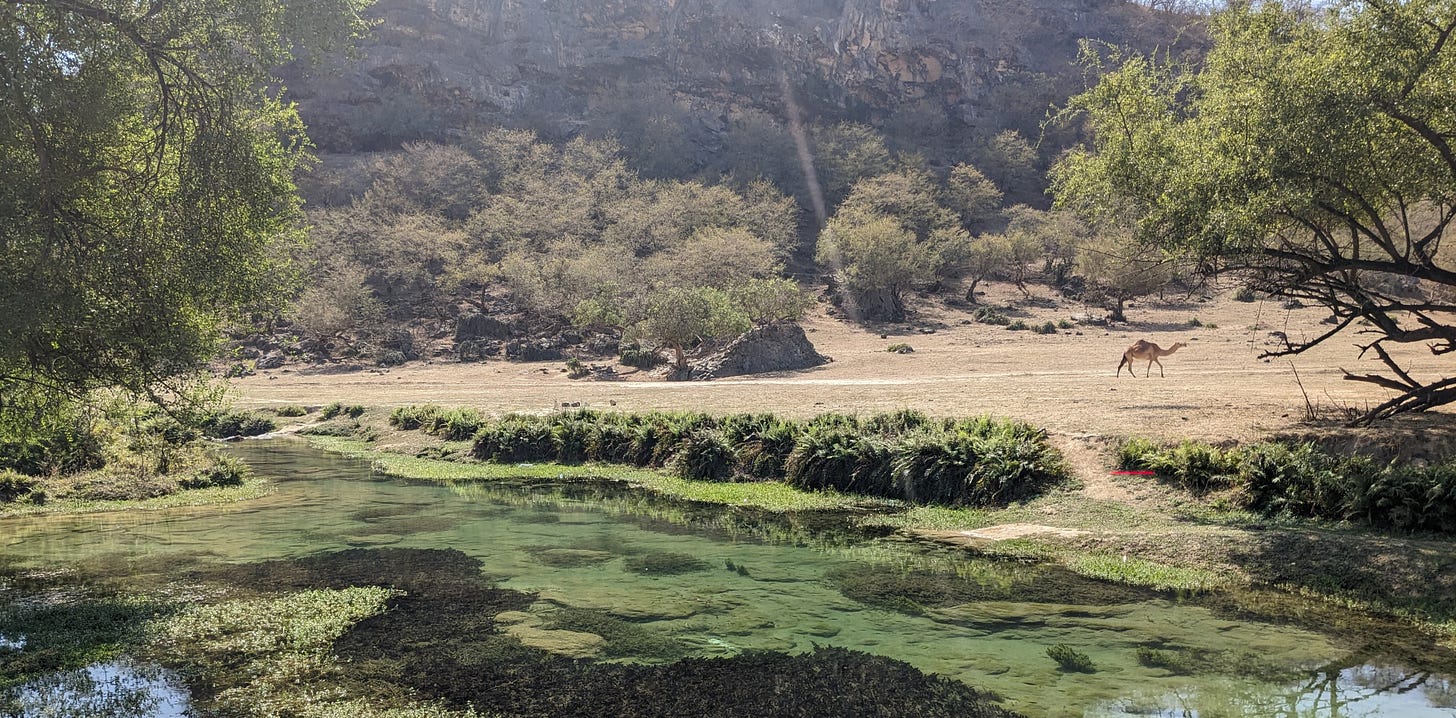
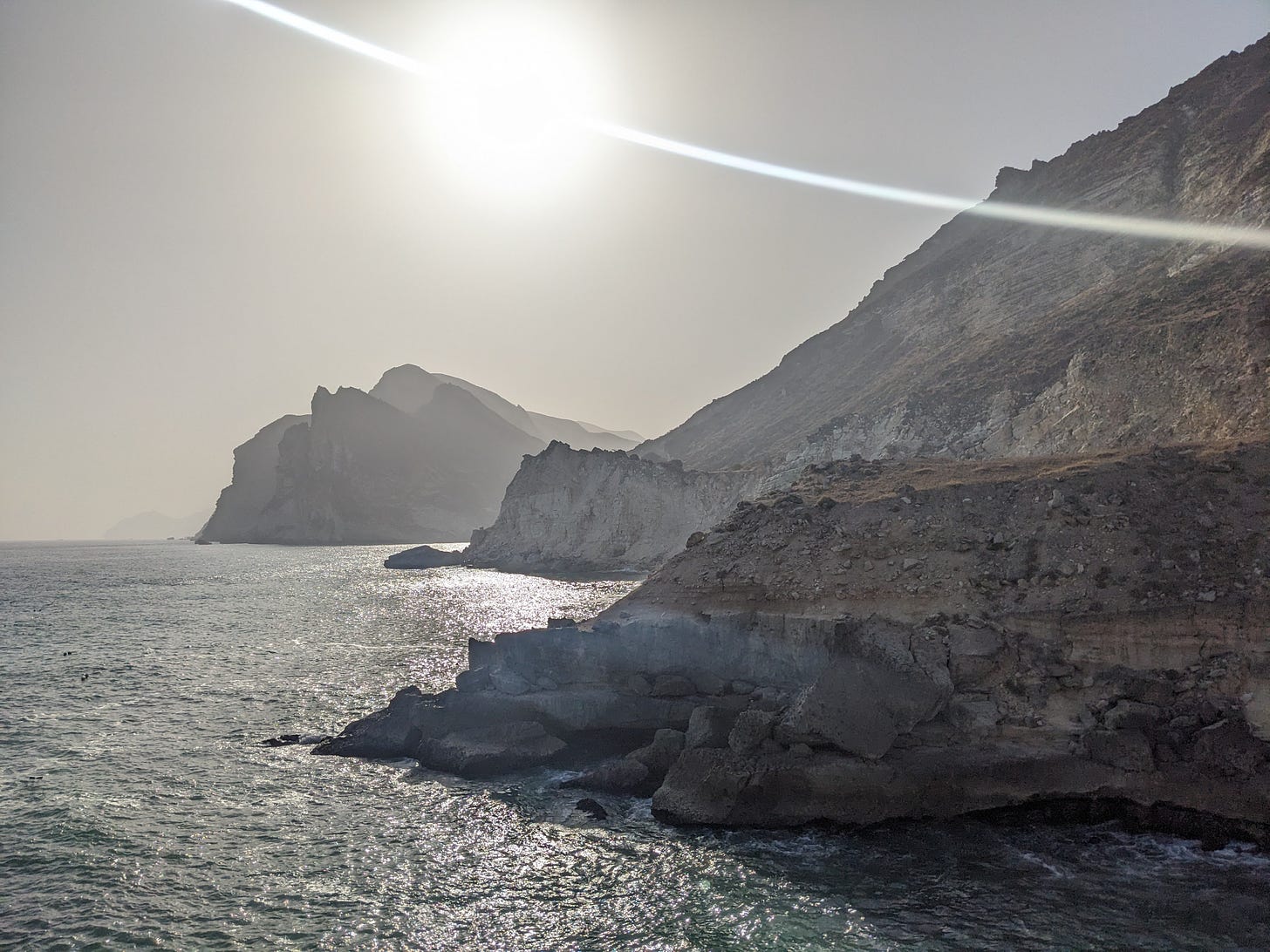
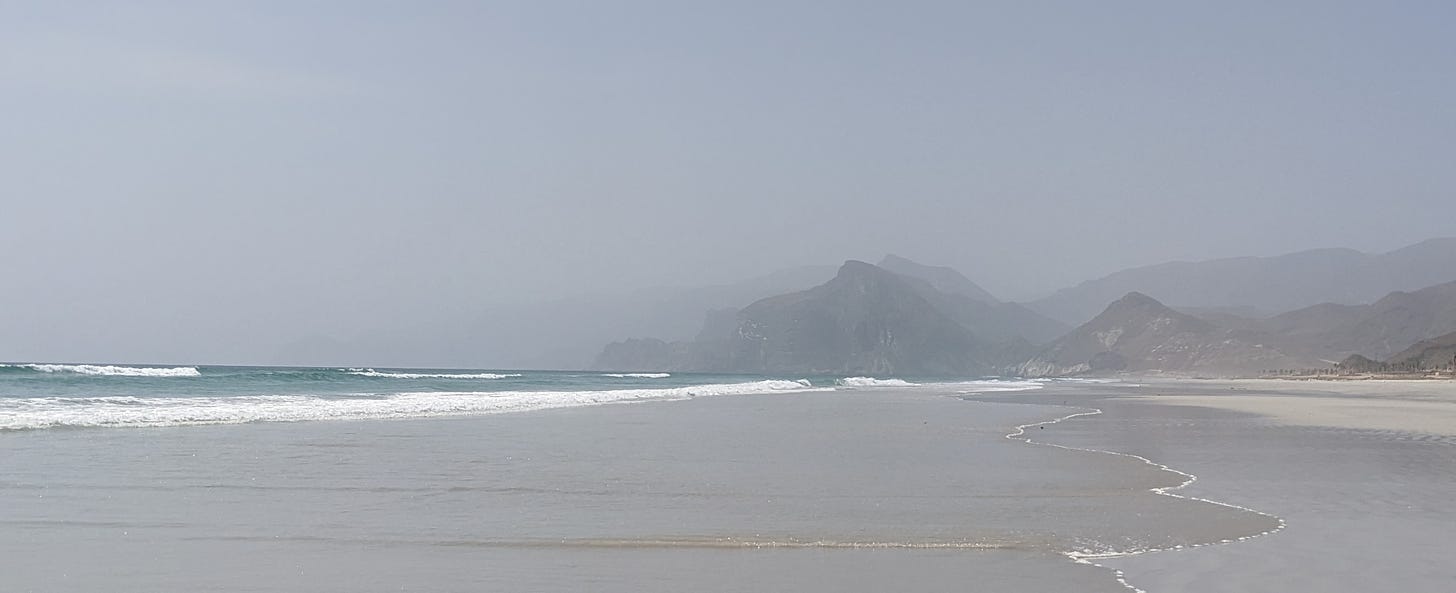
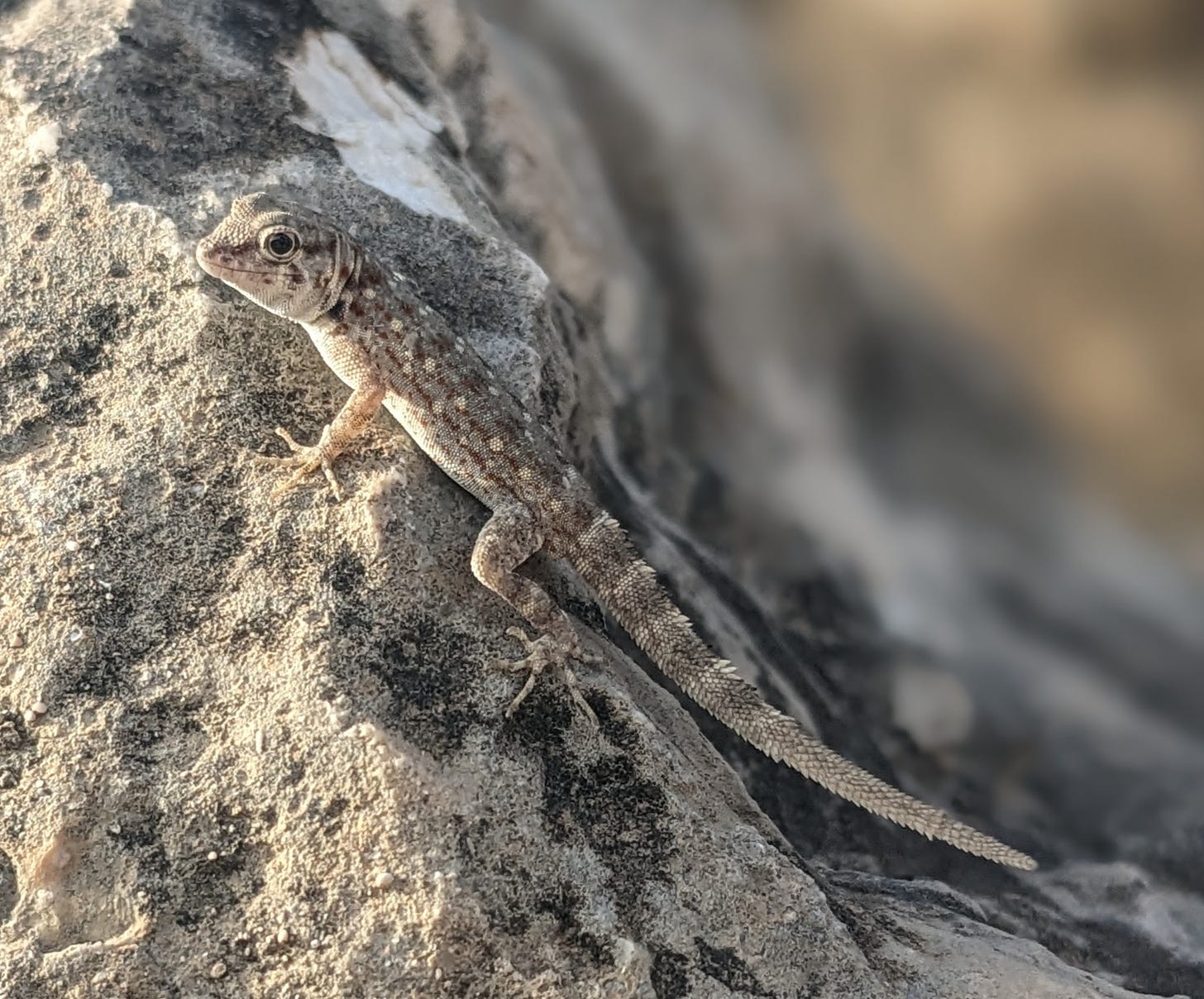
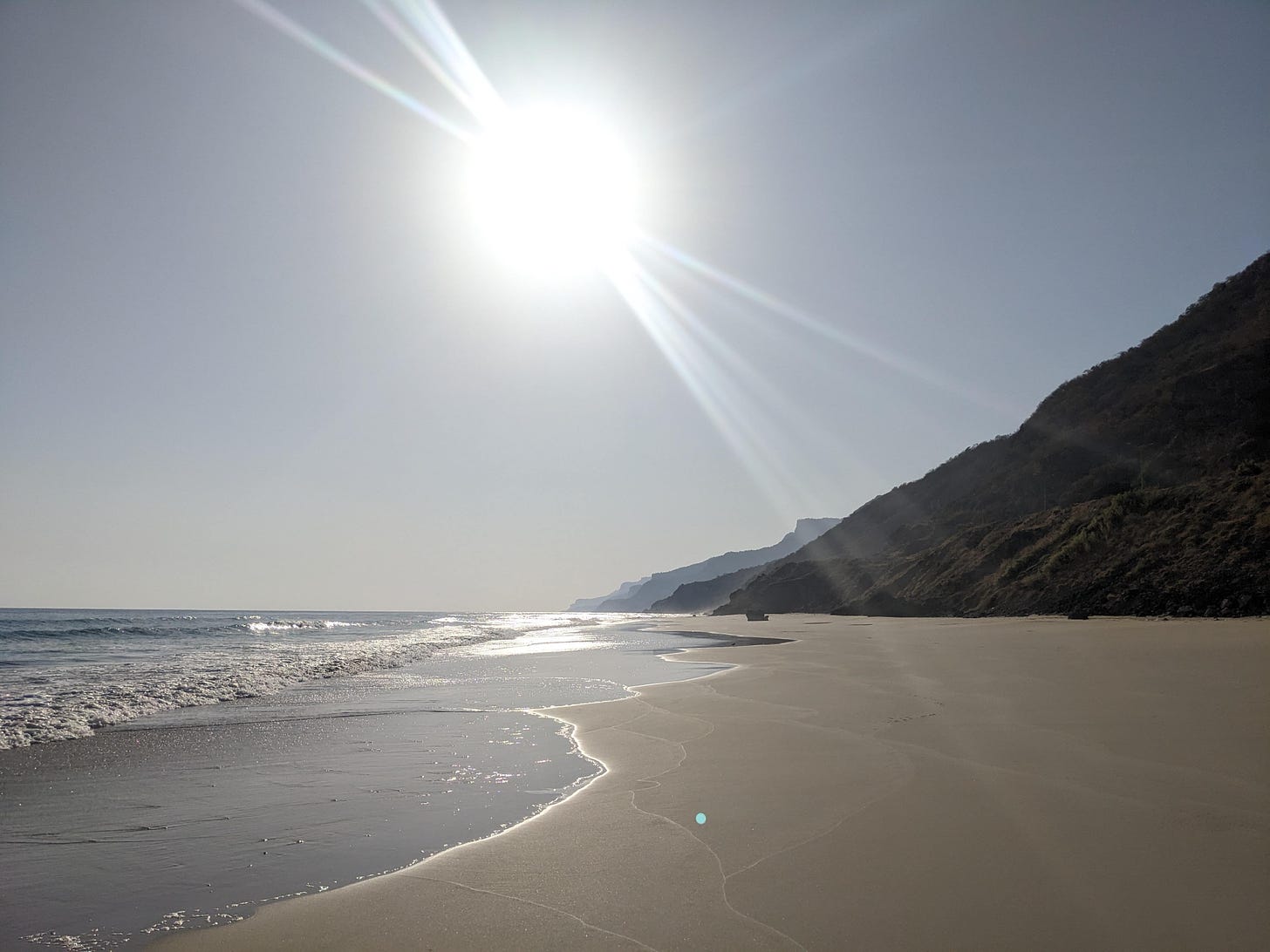
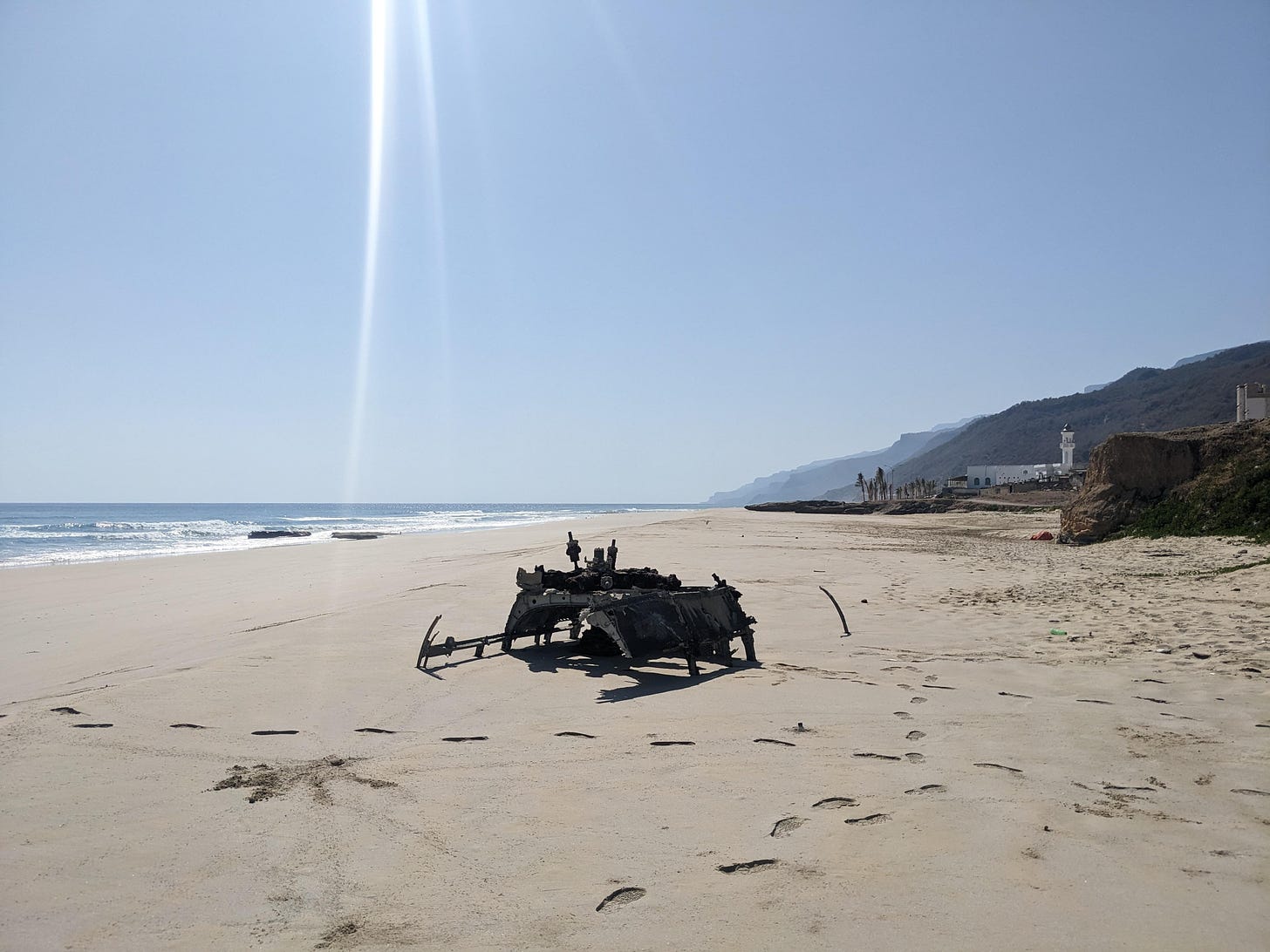
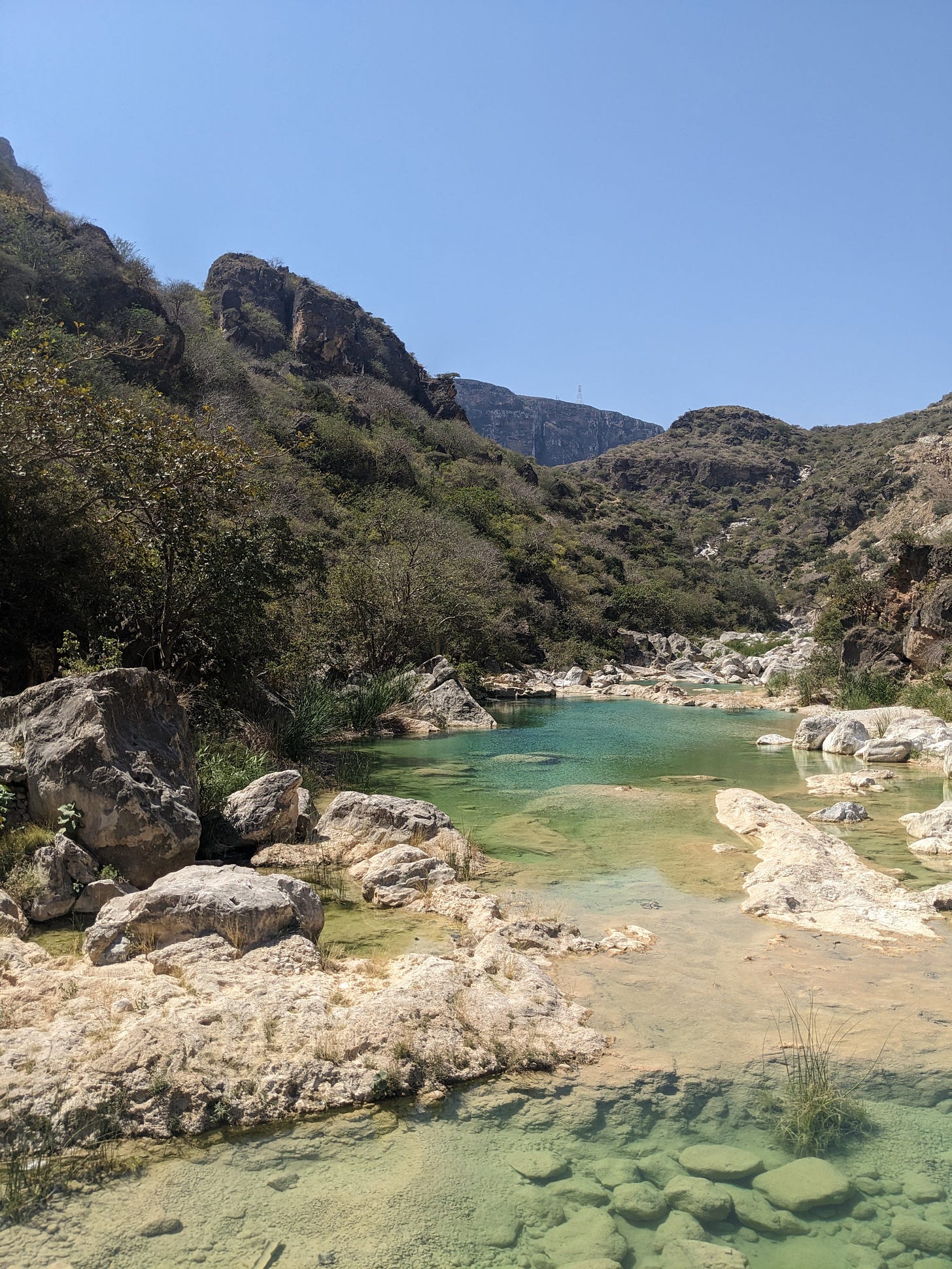
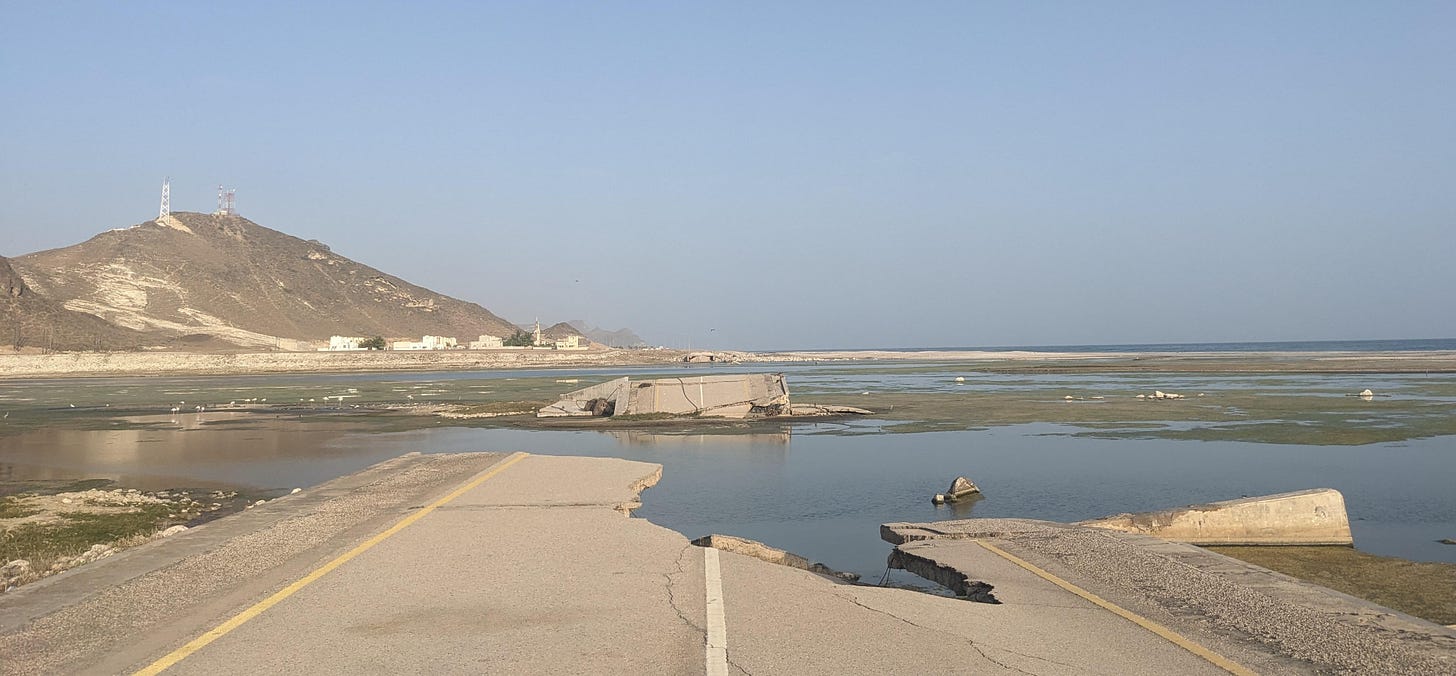
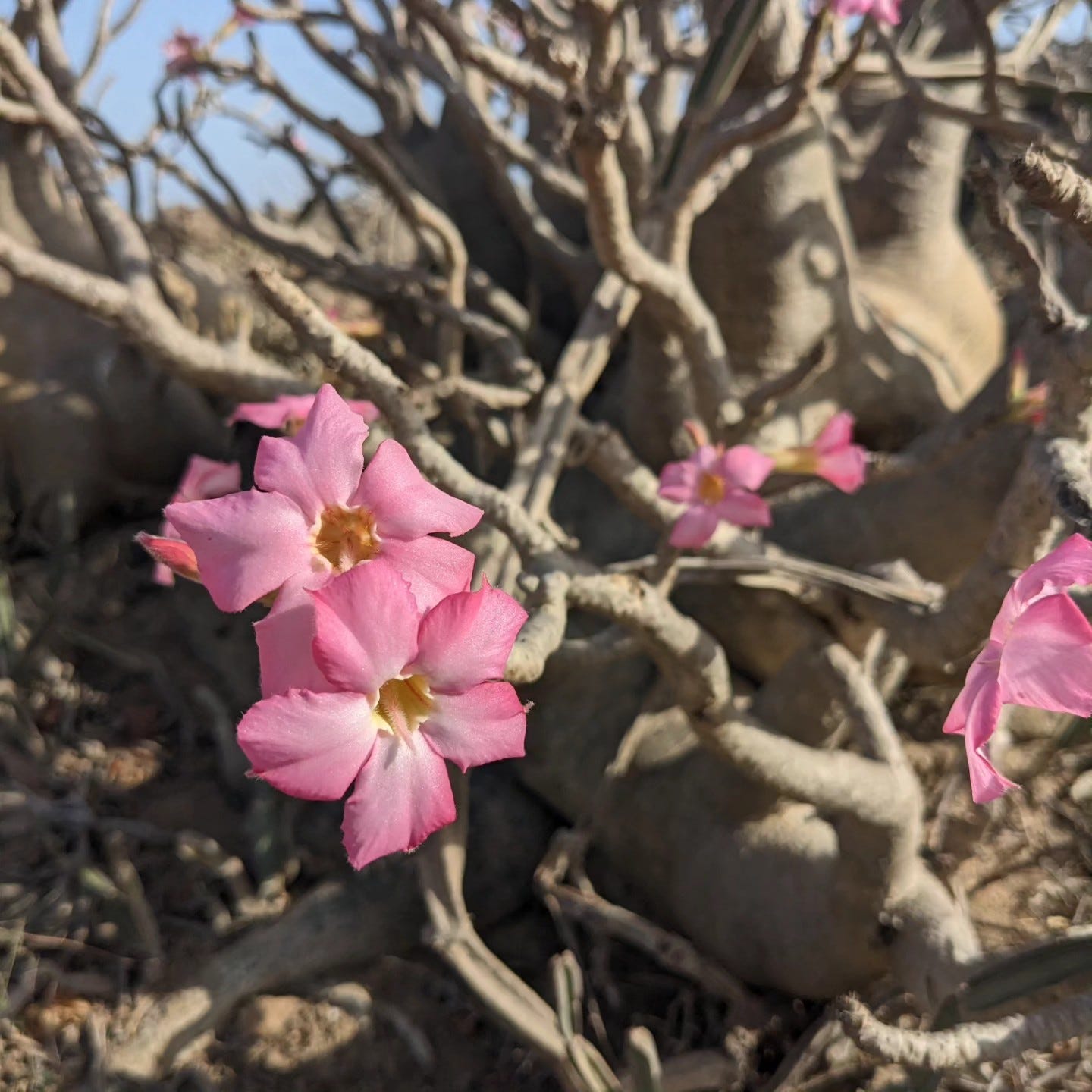
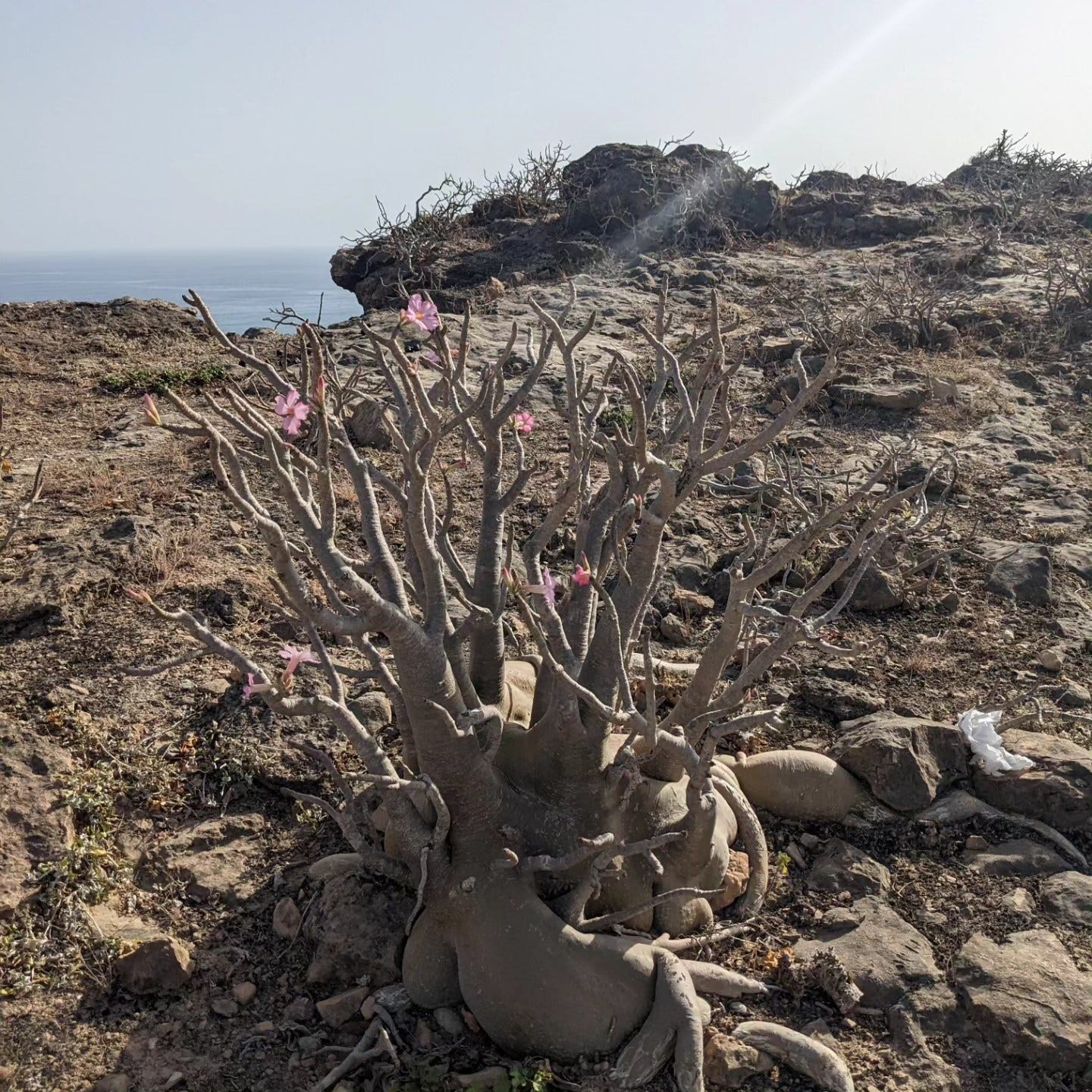

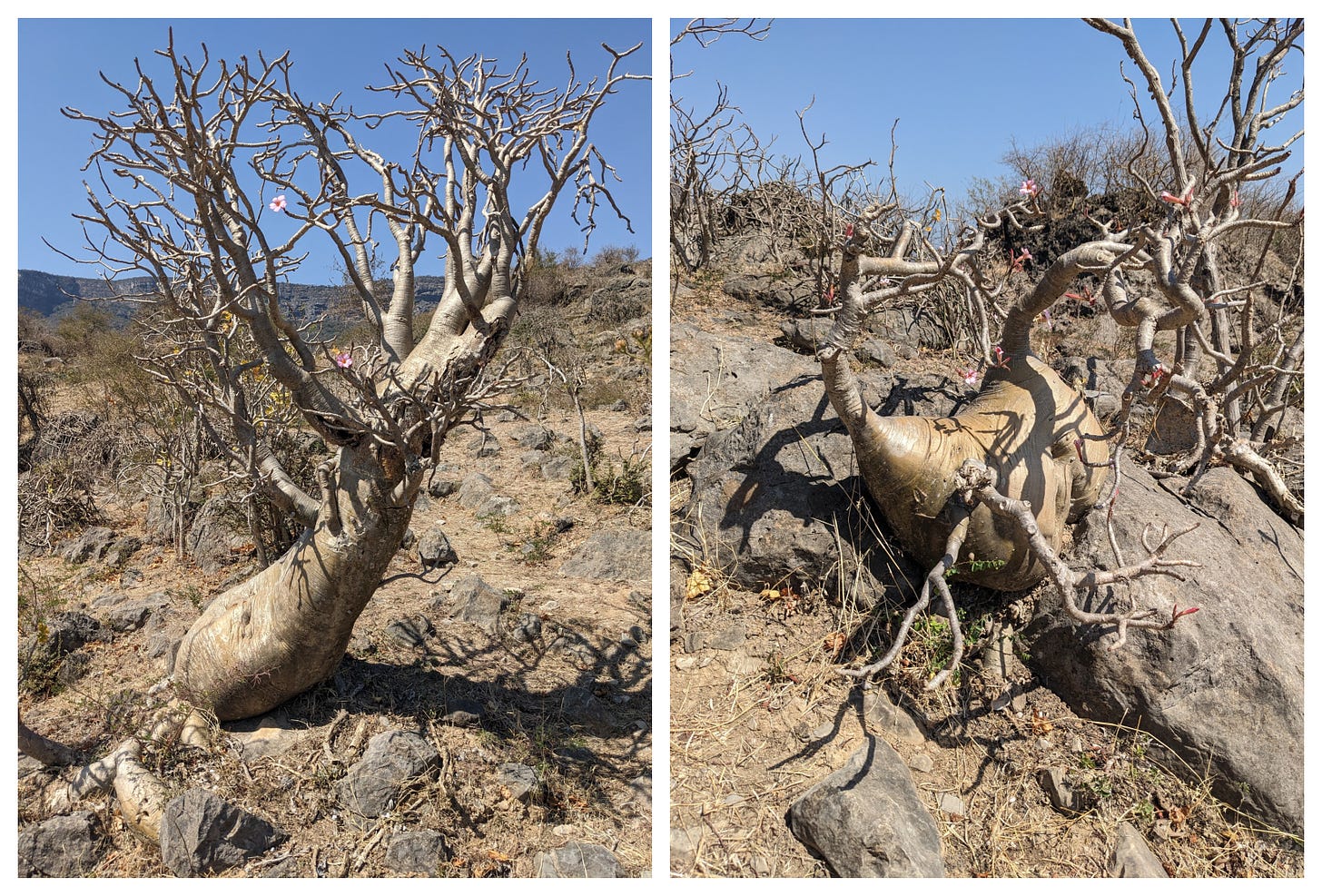
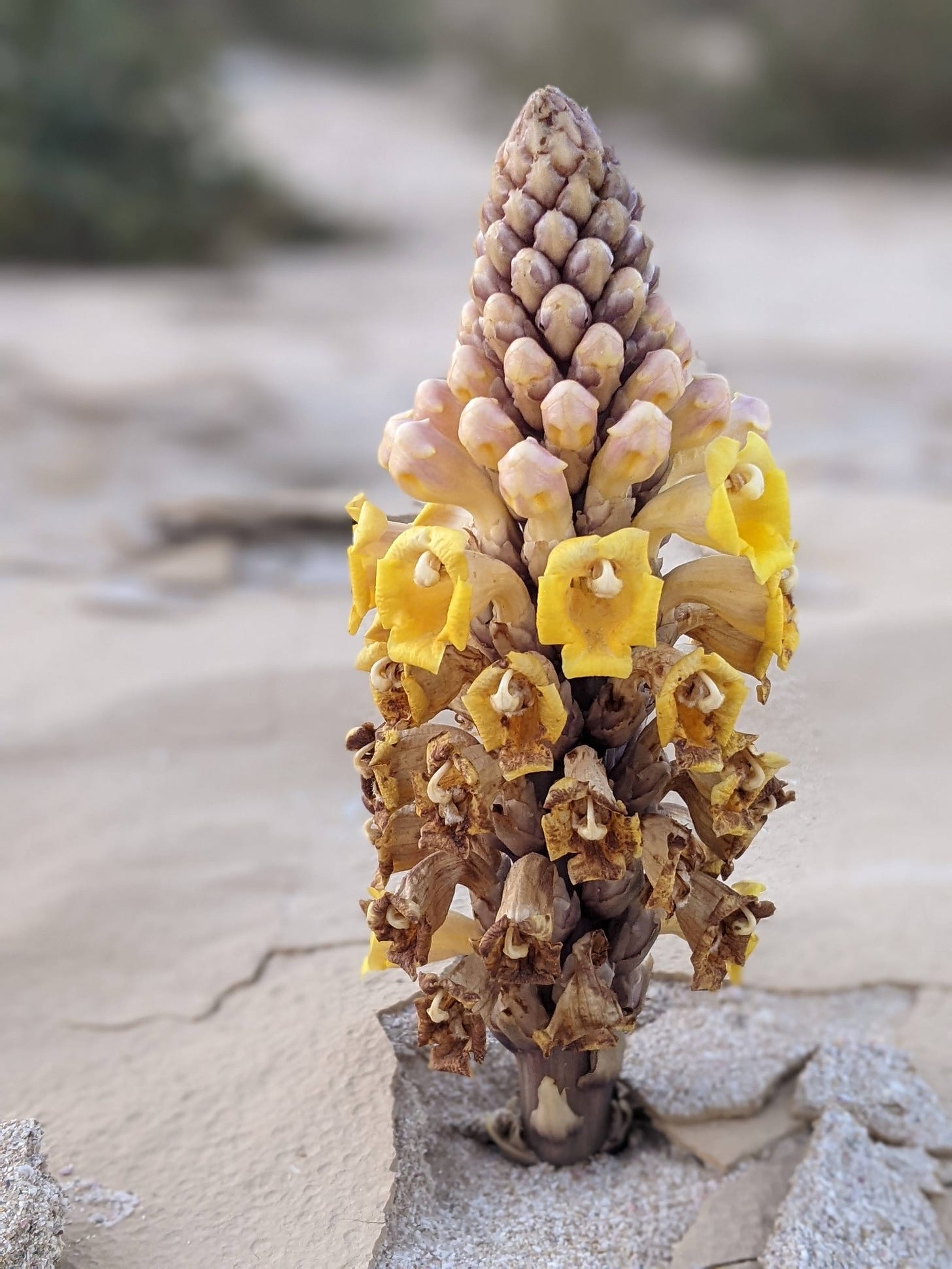
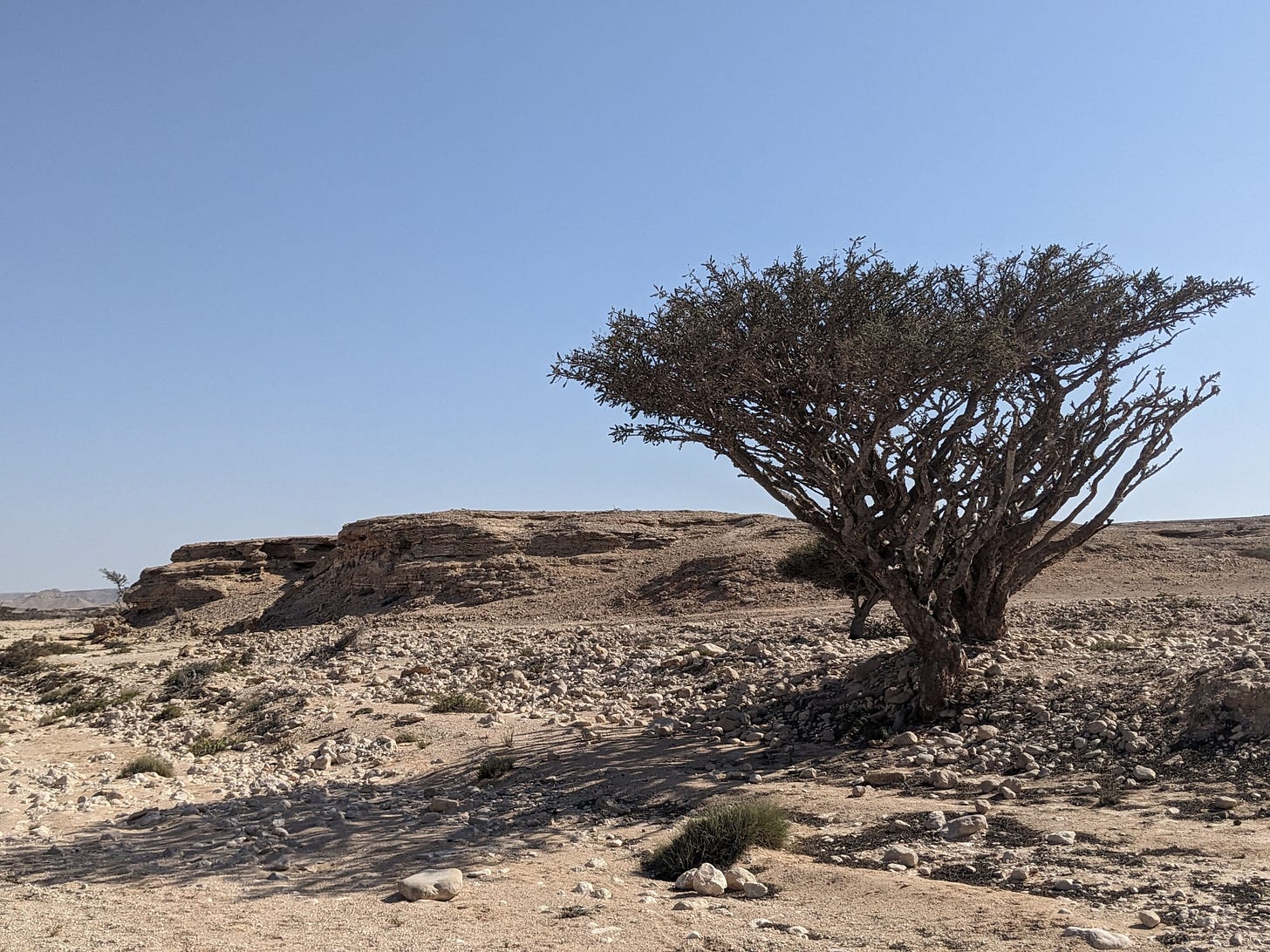
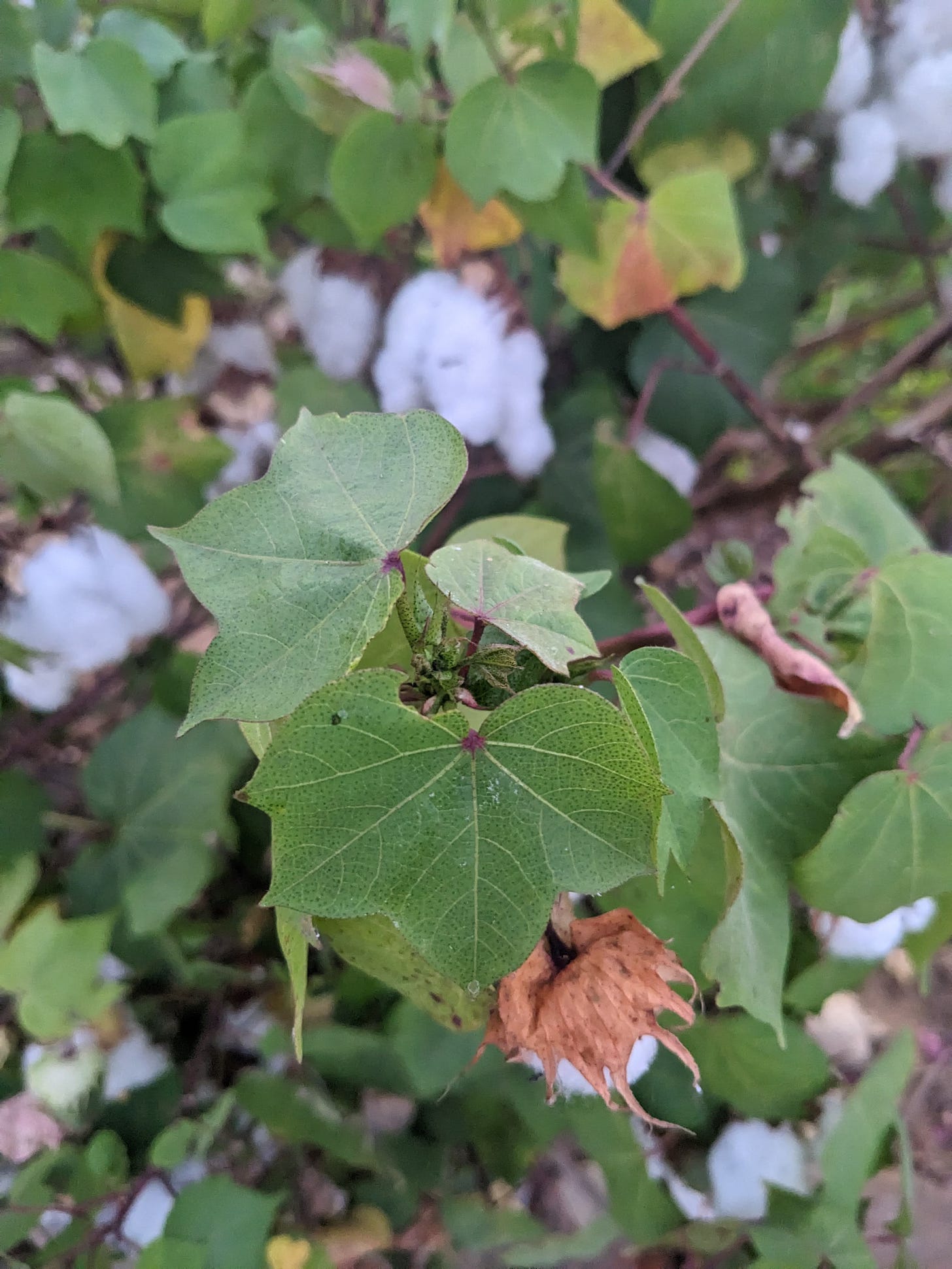
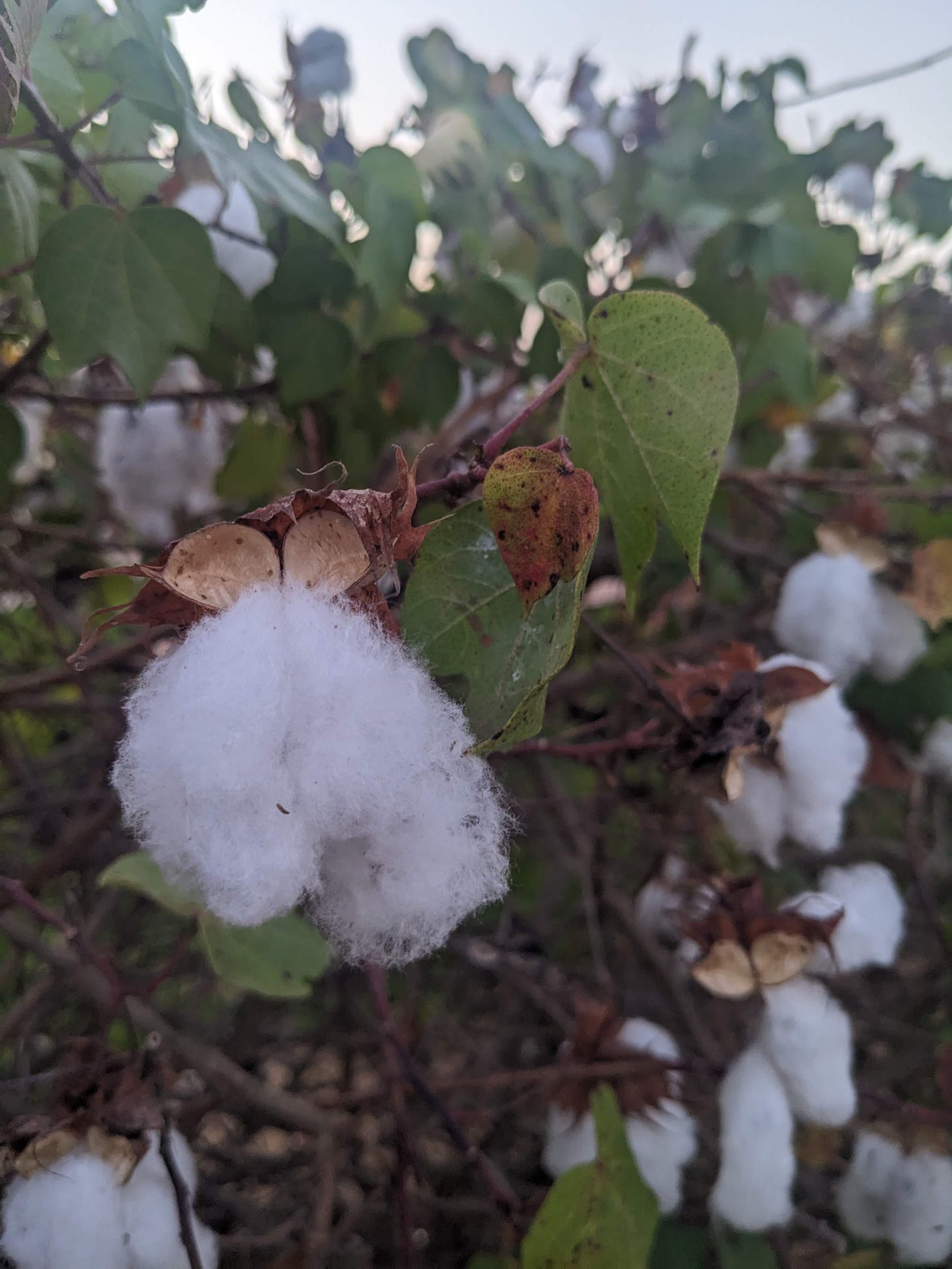
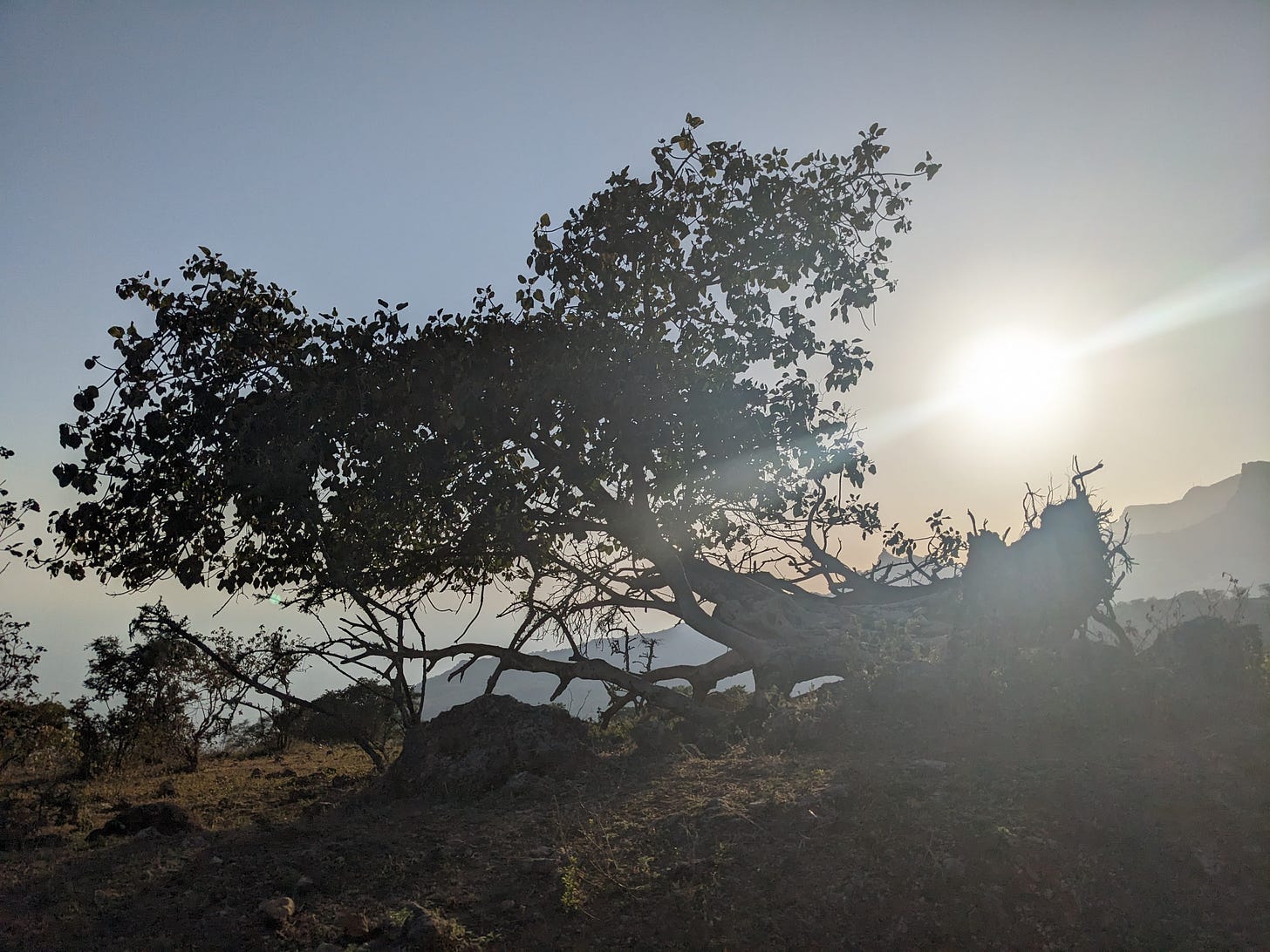
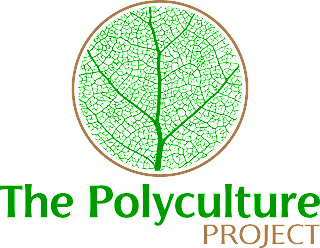

No comments:
Post a Comment